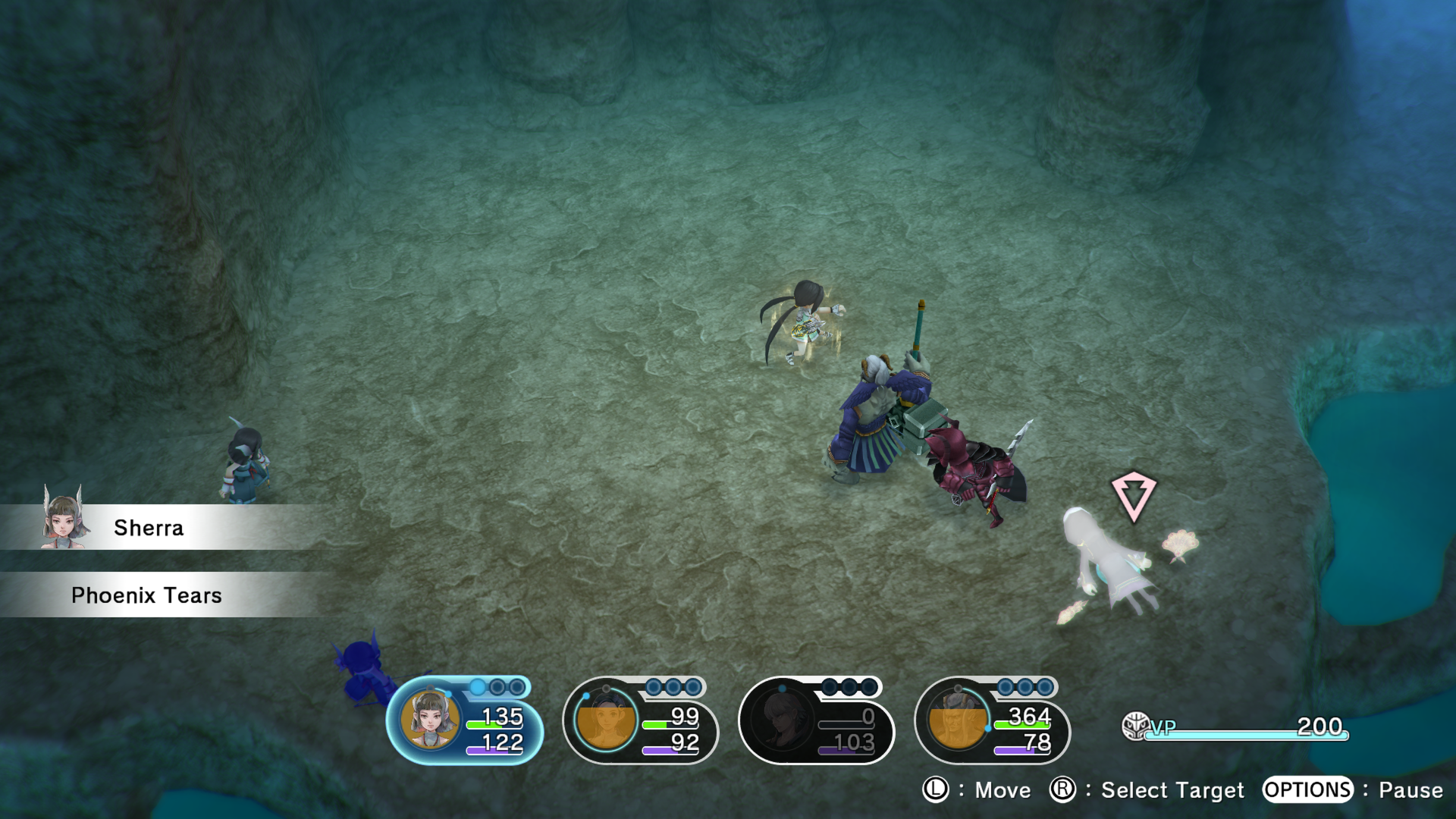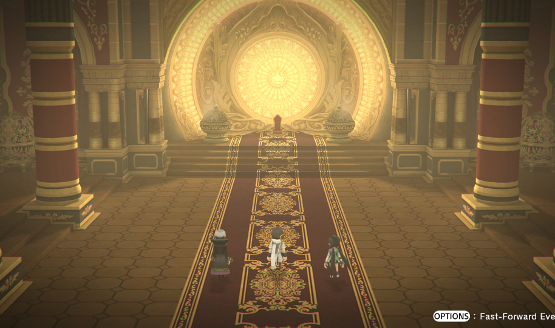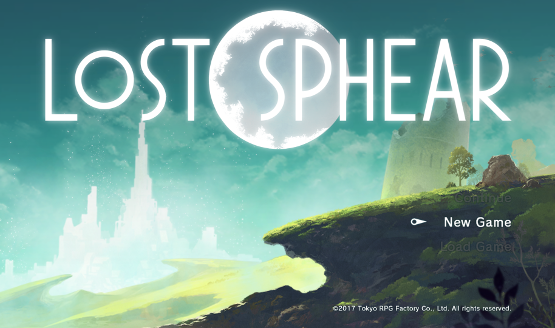
I Am Setsuna was released in 2016, as a massive homage to classic RPGs of the ‘90s. Developer Tokyo RPG Factory saw enough success that parent company Square Enix greenlit a spiritual successor, Lost Sphear. While the first game was enjoyable, it wasn’t without its faults. Have things truly improved with their latest effort, or is this just more of the same?
Stop Me If You’ve Heard This One
Lost Sphear begins with Kanata and friends as they live generally carefree lives in a quaint forest-surrounded village. Things quickly go from bad to worse when monsters attack, and then their entire village is suddenly “lost” – the term used for any object when it becomes a glowing, white silhouette, seemingly frozen in time and disconnected from reality. This reveals a deeper problem with the reality of nature, and an epic adventure begins from humble beginnings, as has been seen in this genre before. The story is fairly predictable, and things tend to happen a little too perfectly for much of the storyline. There’s a lot of RPG tropes to be found in Lost Sphear, but that is also part of the reason for this game’s existence.
Lost Sphear is not a graphical powerhouse like another Square Enix-published series, Final Fantasy. Indeed, the Unity engine powers things for Tokyo RPG Factory. This doesn’t always mean that graphical fidelity takes a hit, and in the case of going for a classic look, more isn’t necessarily better. Since less development time is spent on researching all the newest anti-aliasing, texture mapping, shader algorithms, and other low-level graphics effects, more time can be spent on fleshing out level design, story, and other game aspects. Still, for those pining for a nostalgic-looking adventure, Lost Sphear has the look nailed. Whether it’s the top-down camera angle, or enlarged character size when traversing the overworld, everything in the presentation screams ‘90s RPG.
What good is a game that looks the part, if it doesn’t also sound the part as well? Lost Sphear features the work of Tomoki Miyoshi once again, with pianos, flutes, drums, horns, and other instruments that bring the action on screen to life. Some of the soundtrack’s loops are a little repetitive, especially if much time is spent in a shop or inn, but that was always the case with RPGs of the past.
New Mechanics
Not everything in Lost Sphear is simply an homage to the past, either. Most playable characters posses something called a Vulcosuit. These are essentially mech suits, which can be equipped at will for most battles. Naturally, equipping one uses up a special form of energy known as VP, which can only be recharged sparingly. Using a Vulcosuit unlocks special abilities and allows attacks to be synced up between two characters for extra damage. This mechanic offers yet another option to consider when readying tactics to defeat a boss – there is usually a boss or mini-boss around the corner, so ensuring that enough VP is stored just in case adds a nice balance to these otherwise overpowered machines.
The Active Time Battle (ATB) system of I Am Setsuna makes a return in Lost Sphear. This time around, after choosing to attack or use a skill or item, each character may move freely around the battlefield. This adds a lot more in the way of tactical options, since now attacks and abilities’ range of effect can result in multiple enemies being impacted, and vice versa. Keeping a group of characters together physically is usually a bad strategy, a lesson quickly taught by the game’s ruthless boss battles. Enemies have their own ATB bars that cannot be seen under normal circumstances, which only pauses once an attack, skill, or item has been chosen (though there is a setting to disable pauses altogether, for the masochistic among us).
I Am Setsuna’s Momentum system also returns in Lost Sphear, but it has been tweaked quite a bit. For those who may not know, each playable character can earn up to three momentum charges while in battle. Before, earning momentum meant simply not attacking, thus receiving damage as a meter filled up. Now, momentum builds constantly, and is used to grant a character an extra attack. Since movement between attacks is now allowed, approaching a group of enemies from their backside will begin the battle as a pre-emptive encounter, giving each character an automatic charge of one momentum point. So, waiting to attack an enemy from the rear will tip the scales in favor of the player.
Plenty to Dig Into
Most games released today tend to average 6-12 hours, and almost everything they have to offer will have been seen by that point. Lost Sphear will last at least 30 hours, and much of that time will be spent mastering the multiple mechanics that continue to be introduced as the story progresses. There is a slow buildup which may lose those who aren’t used to lengthy plot development. But each character becomes well-developed in their long story arcs. Main character Kanata, for instance, embarks on an adventure that shreds his innocence, but also cements his good-hearted, heroic nature. Supporting characters are just as strongly characterized, and the conversations that can be had between quests are brief but entertaining.
Sometimes, the best way to learn things is by doing. Lost Sphear drives that home with each new aspect to battle that it throws the player’s way. A couple of tutorial screens are shown when a new tactic is unlocked, but it is ultimately up to the player to experiment with and learn the nuances of managing resources, balancing a team, and preparing before battle. Even saving is left up to choice. There are designated save spots, but the game can be quick saved at almost any point outside of battle; however, there can be only one quick save per saved game. Quick saves can be a godsend, and it will no doubt save many hours of frustration. In true old-school RPG fashion, the player’s hand is rarely held. Some may not like this approach, but for most who are interested in this game to begin with, it will be expected.
Lost Sphear has all the makings of a classic RPG, along with some of the trappings expected with the genre. The presentation will take many gamers back to the golden age of RPGs, with menus galore, a charming art style, and intense soundtrack. The graphics may feel a bit too basic for those who have gotten used to the likes of Final Fantasy and its grandiose aspirations, but Lost Sphear is not lacking in small details, whether that’s the motions of a cook as he receives a much-wanted ingredient, or the headshake of a character as they are exasperated at their colleague’s response. Indeed, Lost Sphear checks all the right boxes for those looking for a traditional RPG they can get lost in for the next 30 or more hours.
Lost Sphear review copy provided by publisher. Version 1.00 reviewed on a PS4 Pro. For more information on review scores, please read our Review Policy.
-
A lengthy story
-
New, interesting fight mechanics
-
Charming style
-
Story can be predictable
-
Graphics may disappoint some
Lost Sphear Review
-
Lost Sphear Review 01
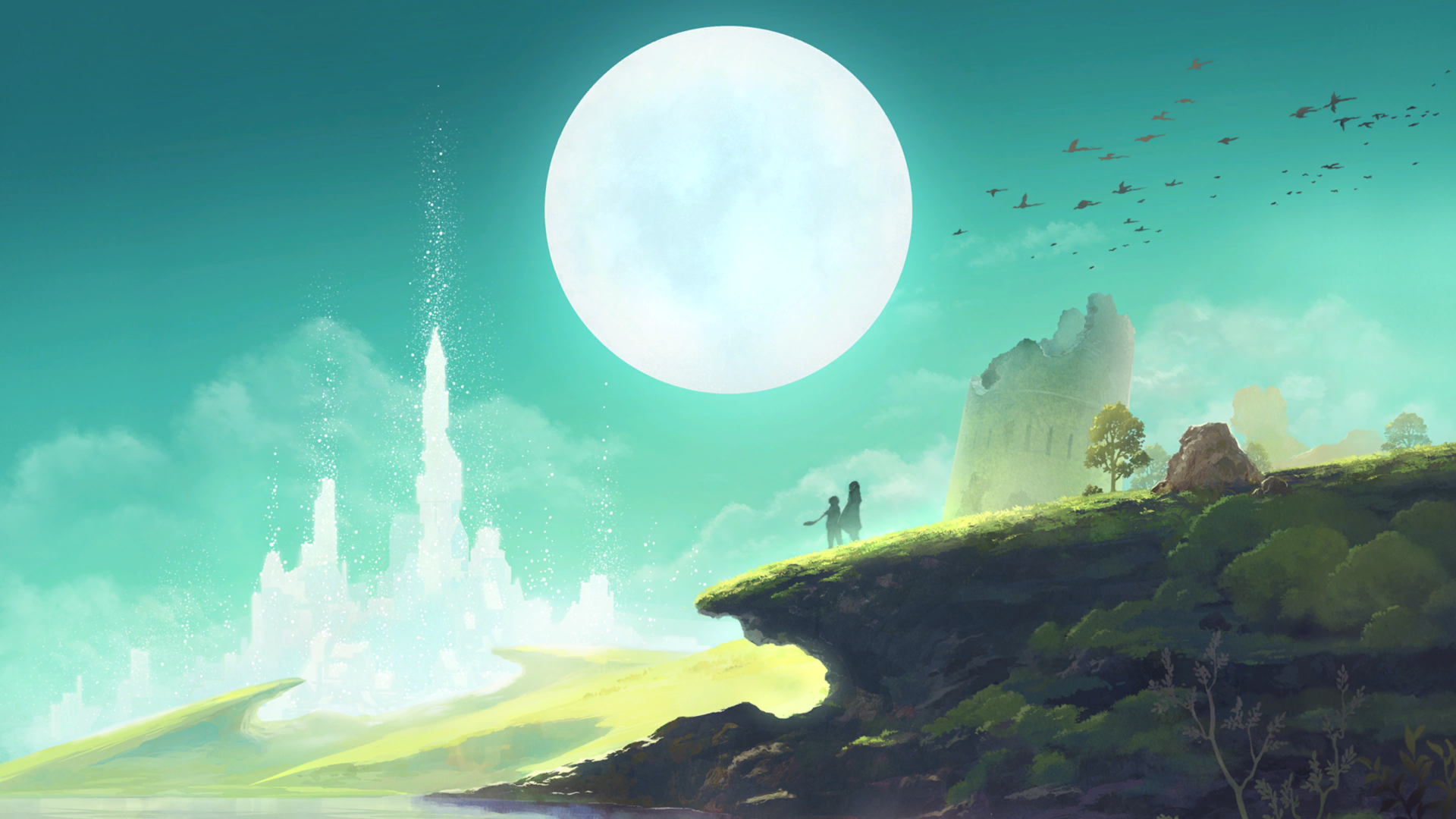
-
Lost Sphear Review 02
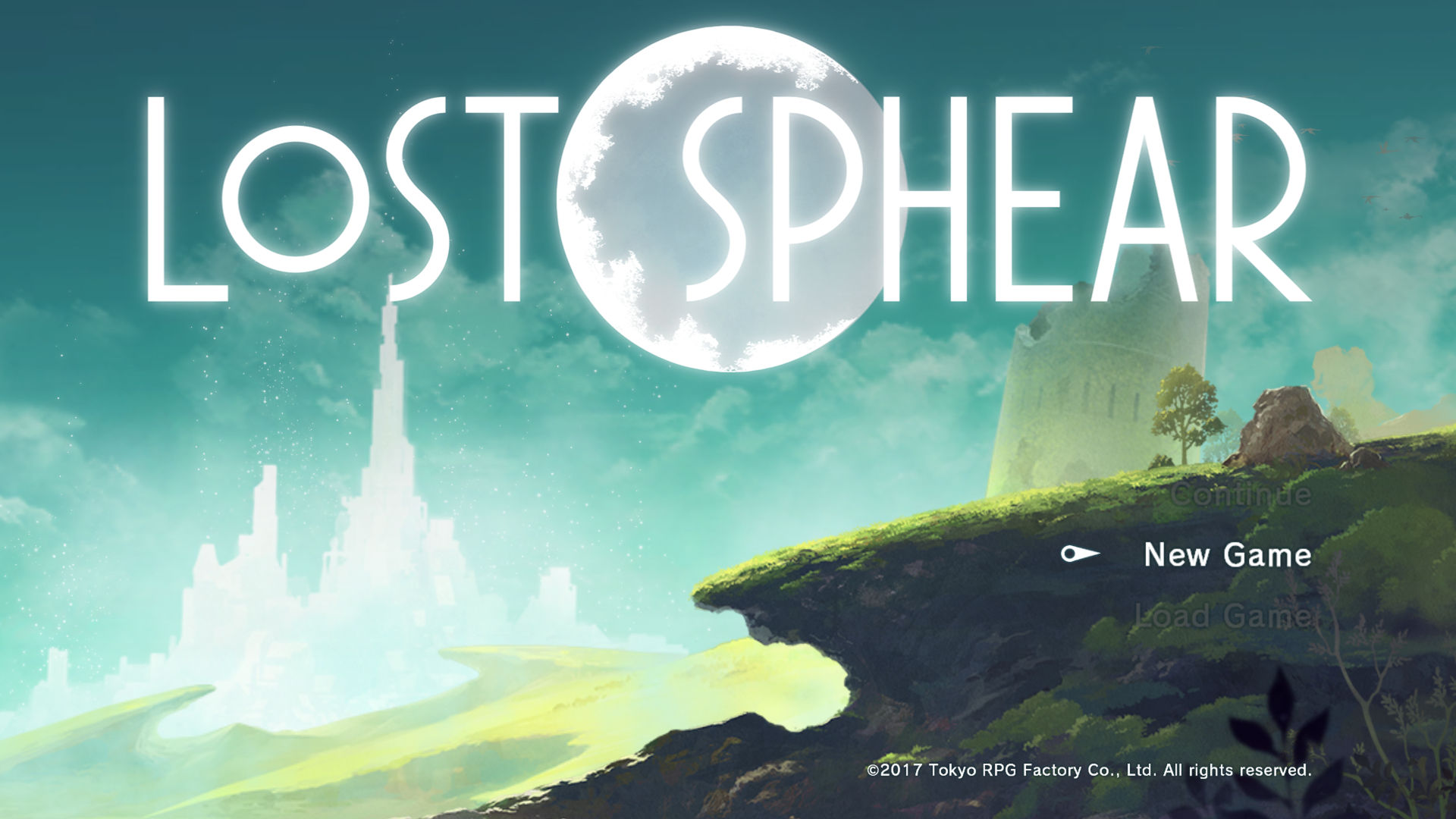
-
Lost Sphear Review 03
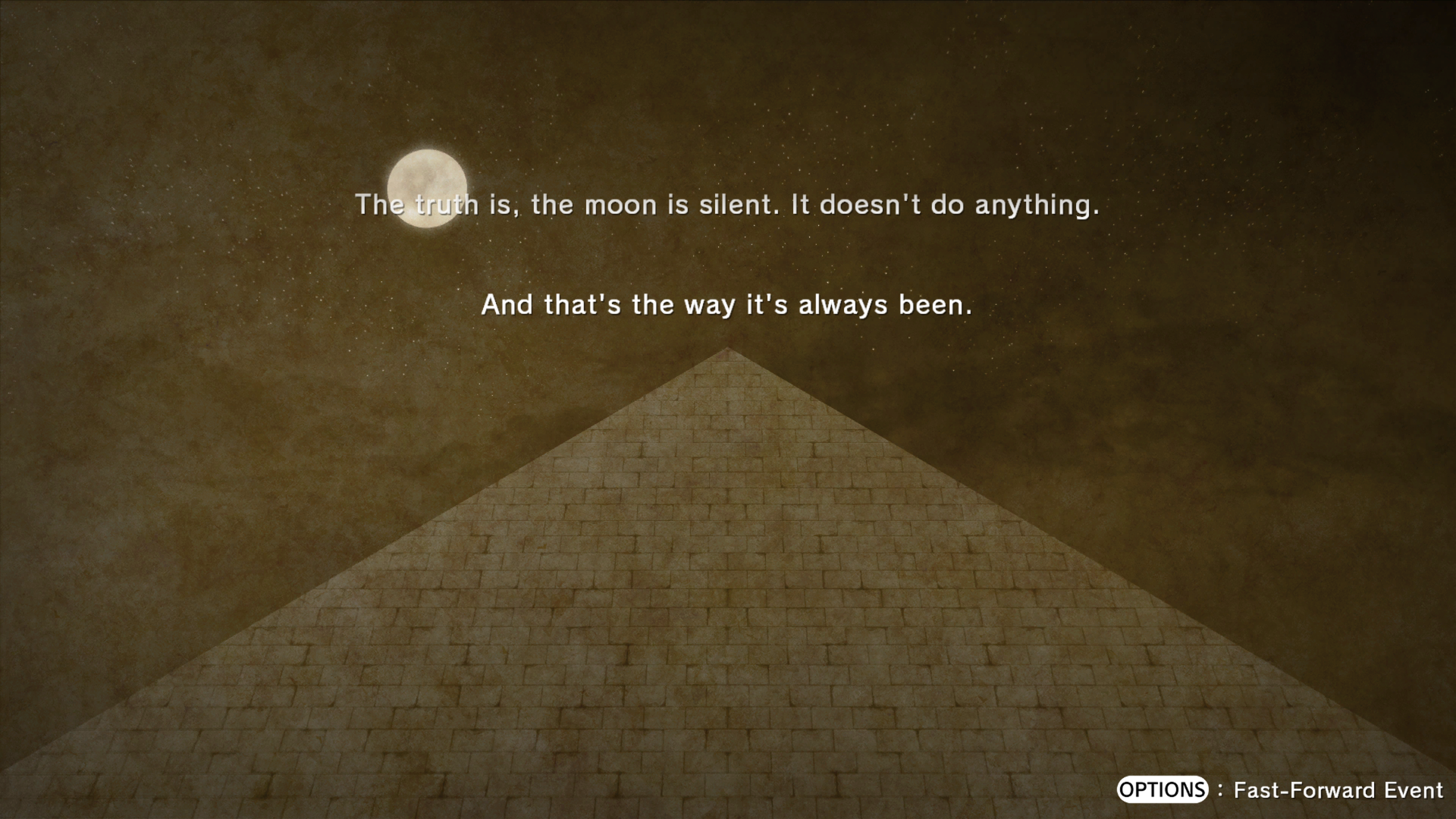
-
Lost Sphear Review 04
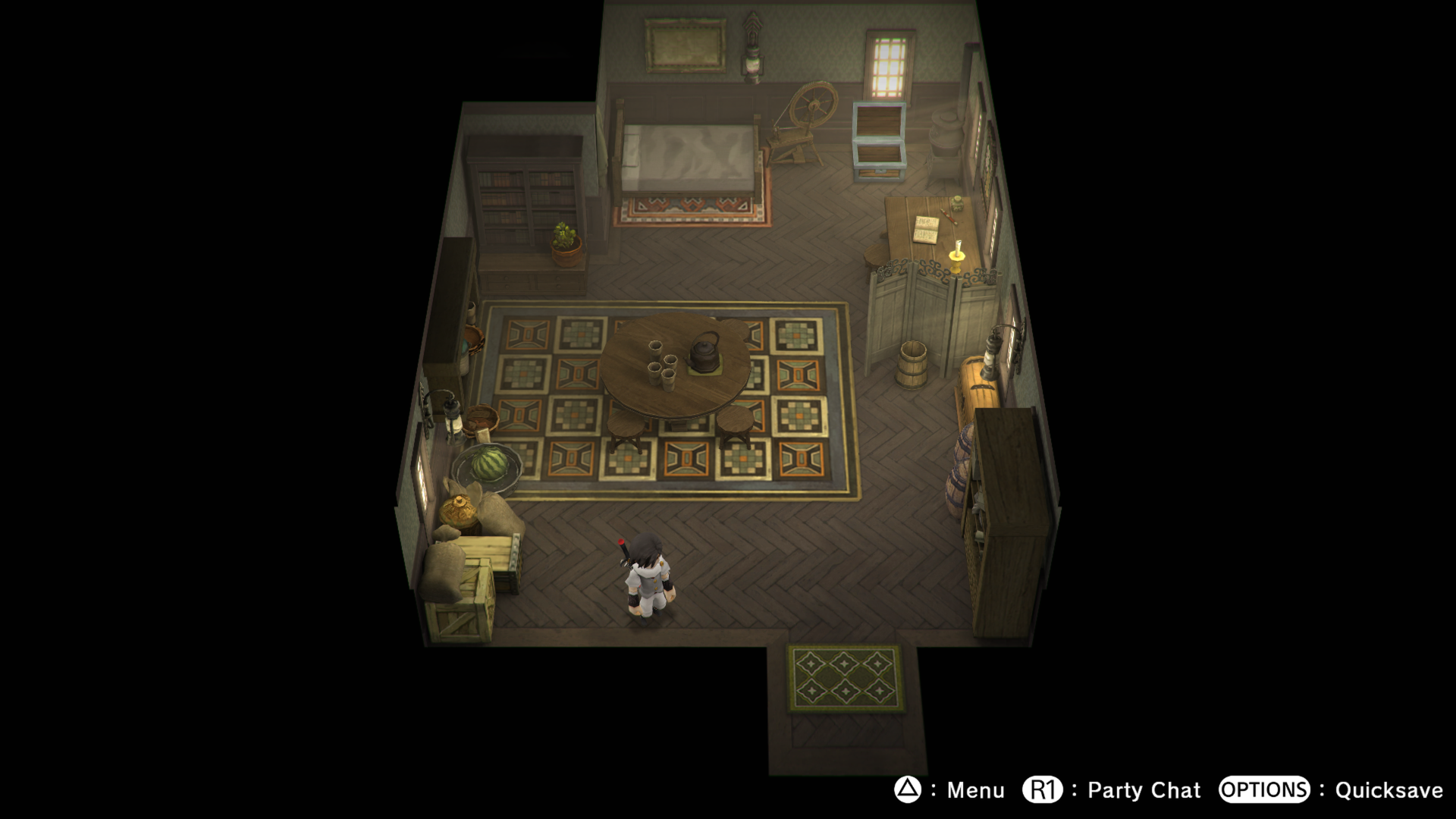
-
Lost Sphear Review 05
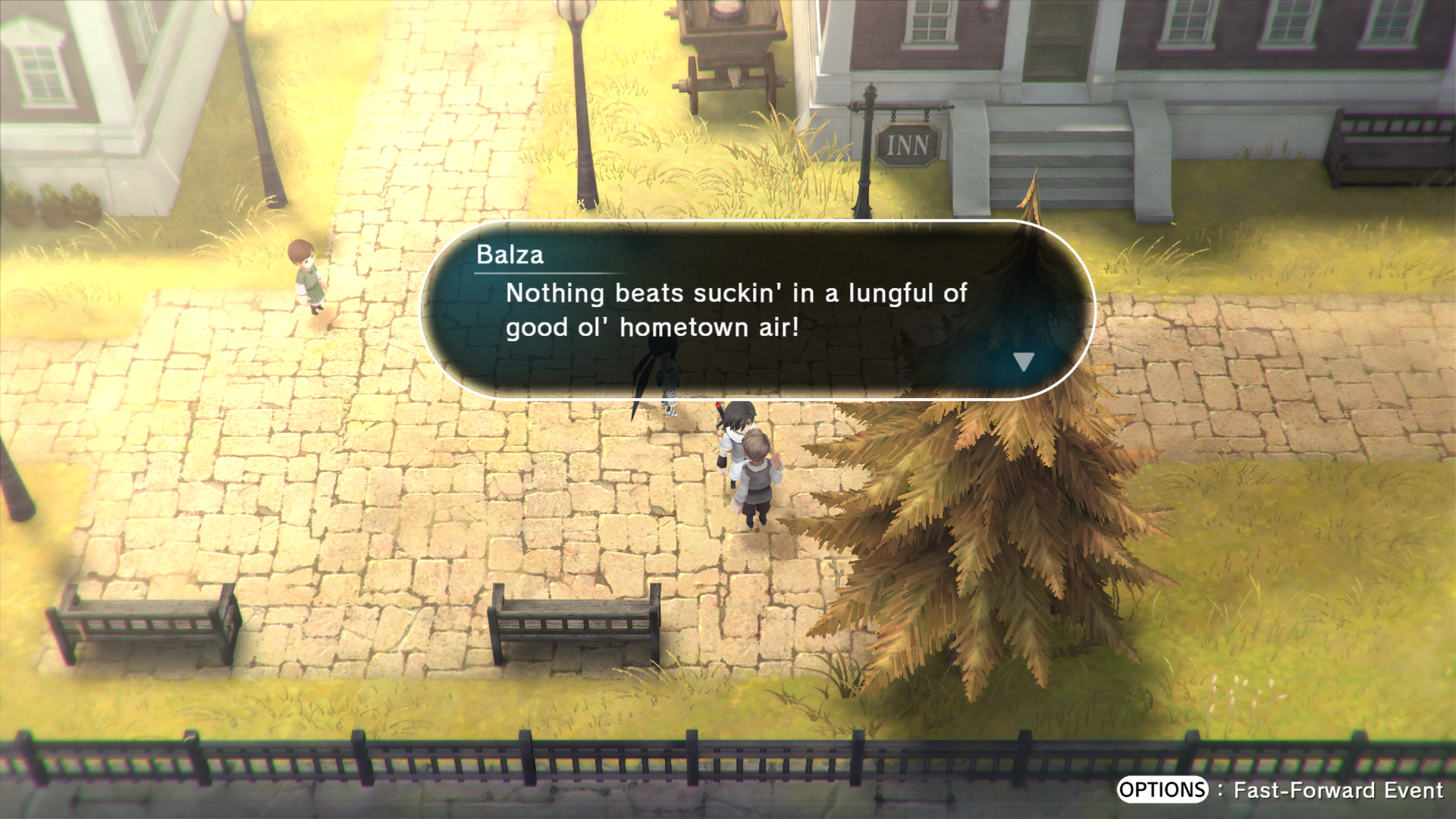
-
Lost Sphear Review 06
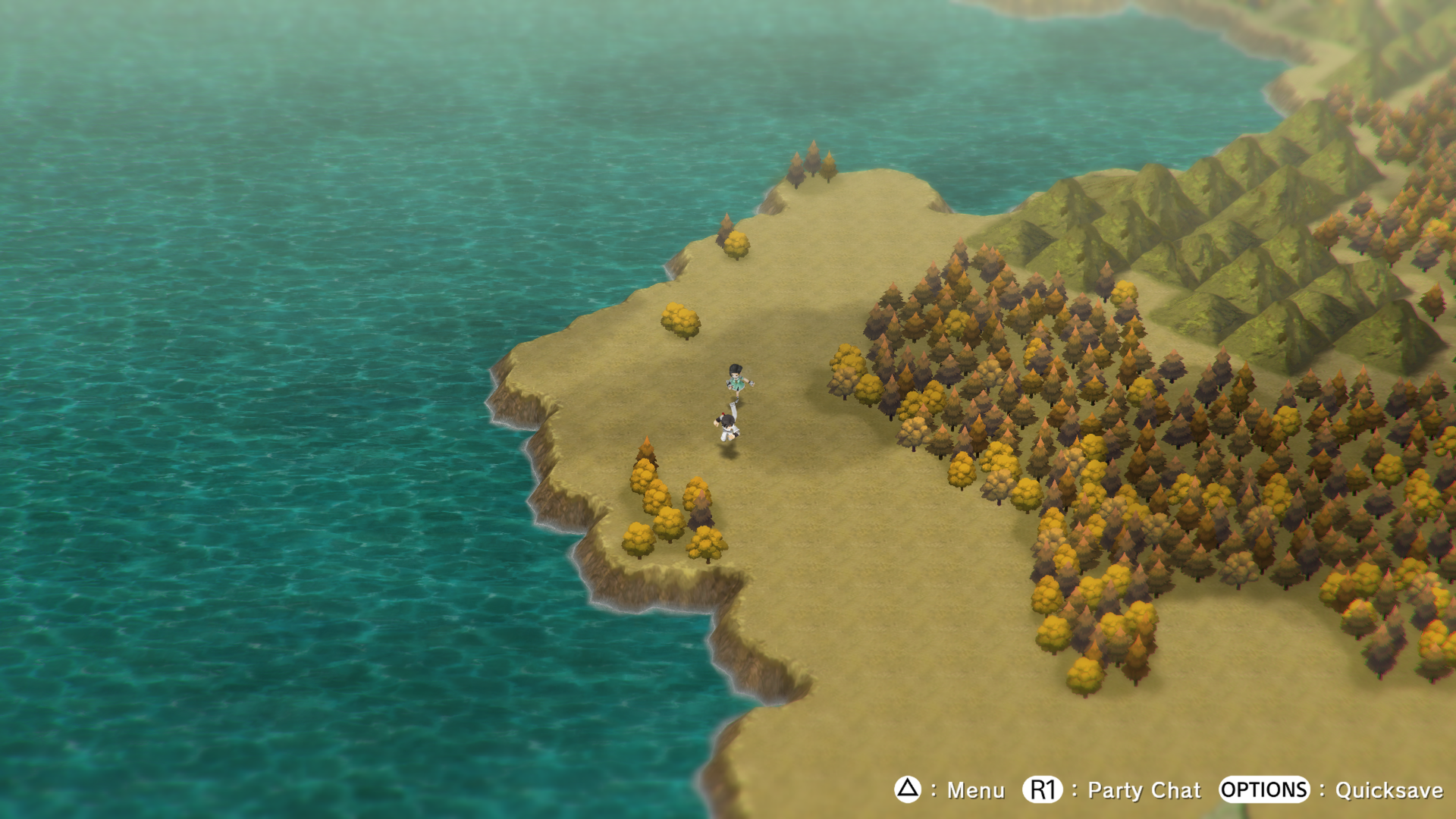
-
Lost Sphear Review 07

-
Lost Sphear Review 08

-
Lost Sphear Review 09
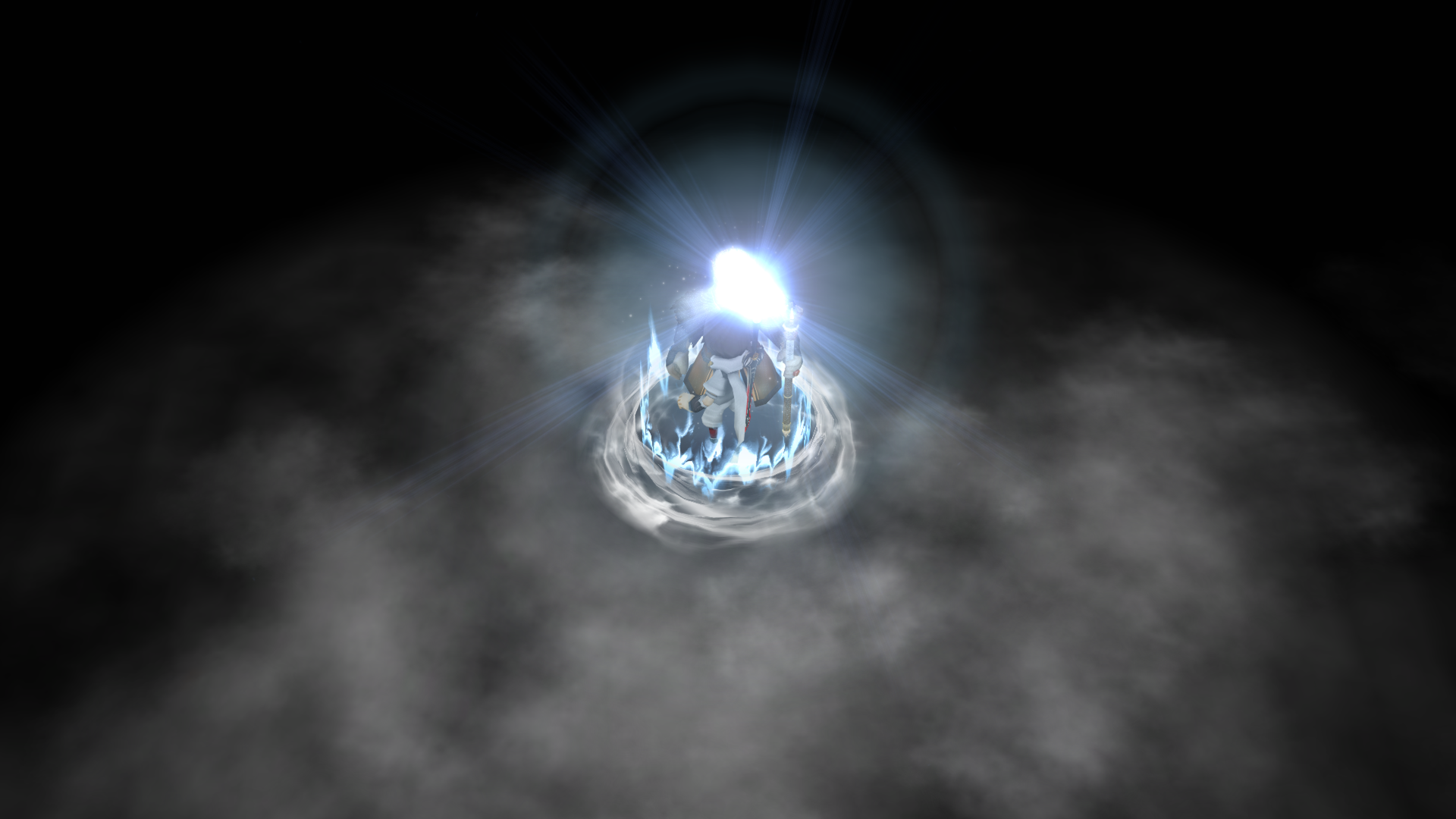
-
Lost Sphear Review 10
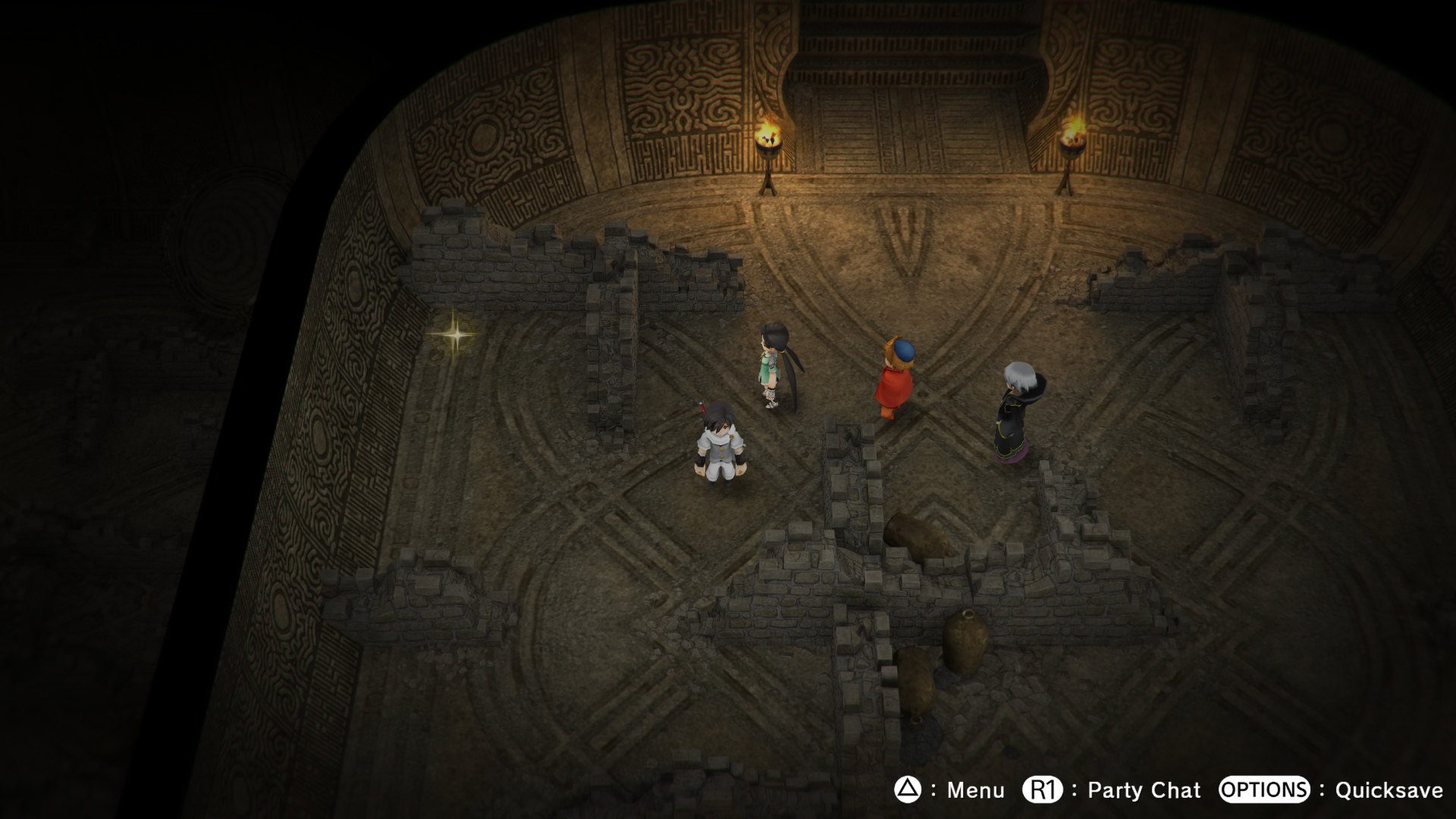
-
Lost Sphear Review 11
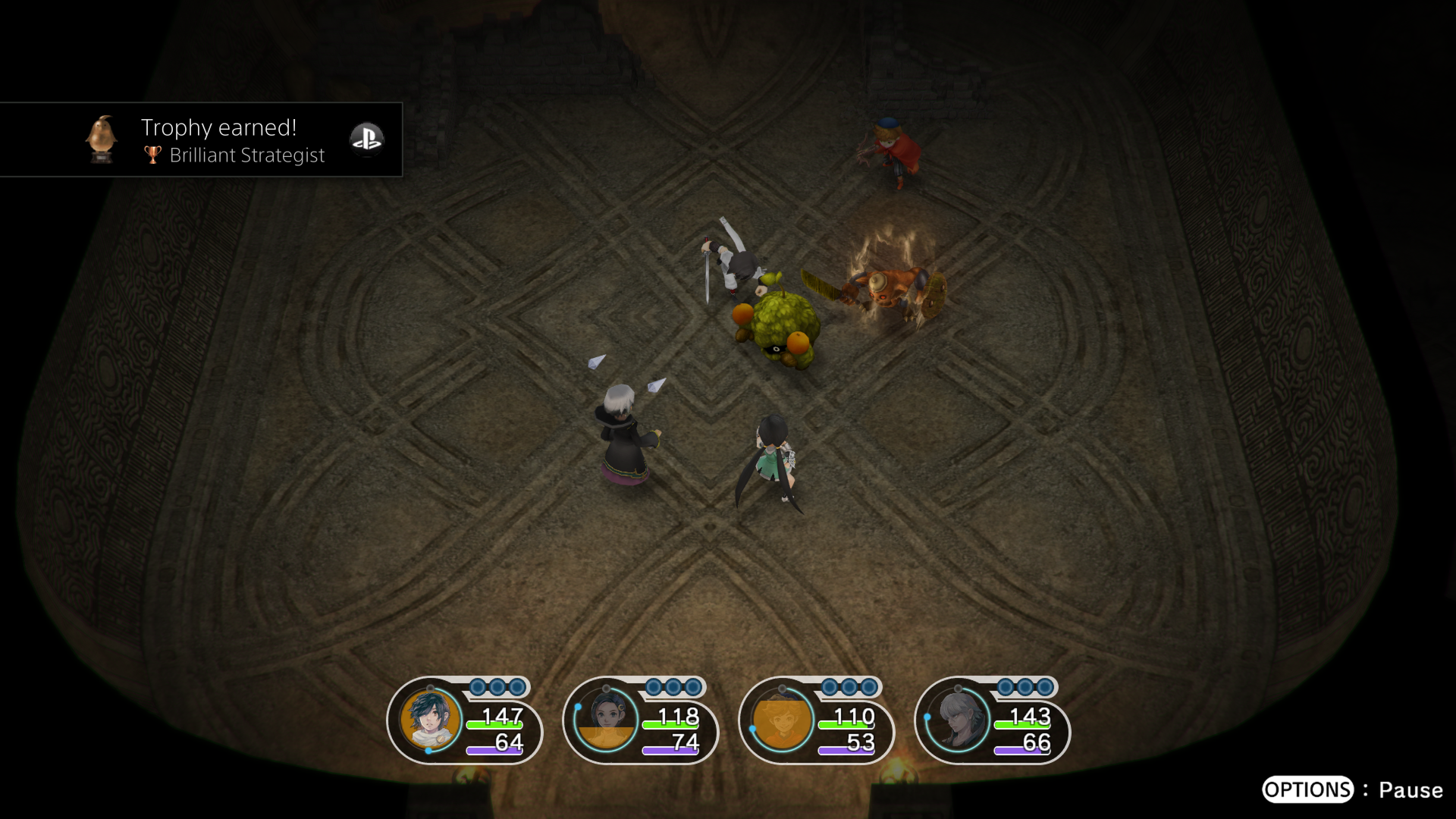
-
Lost Sphear Review 12
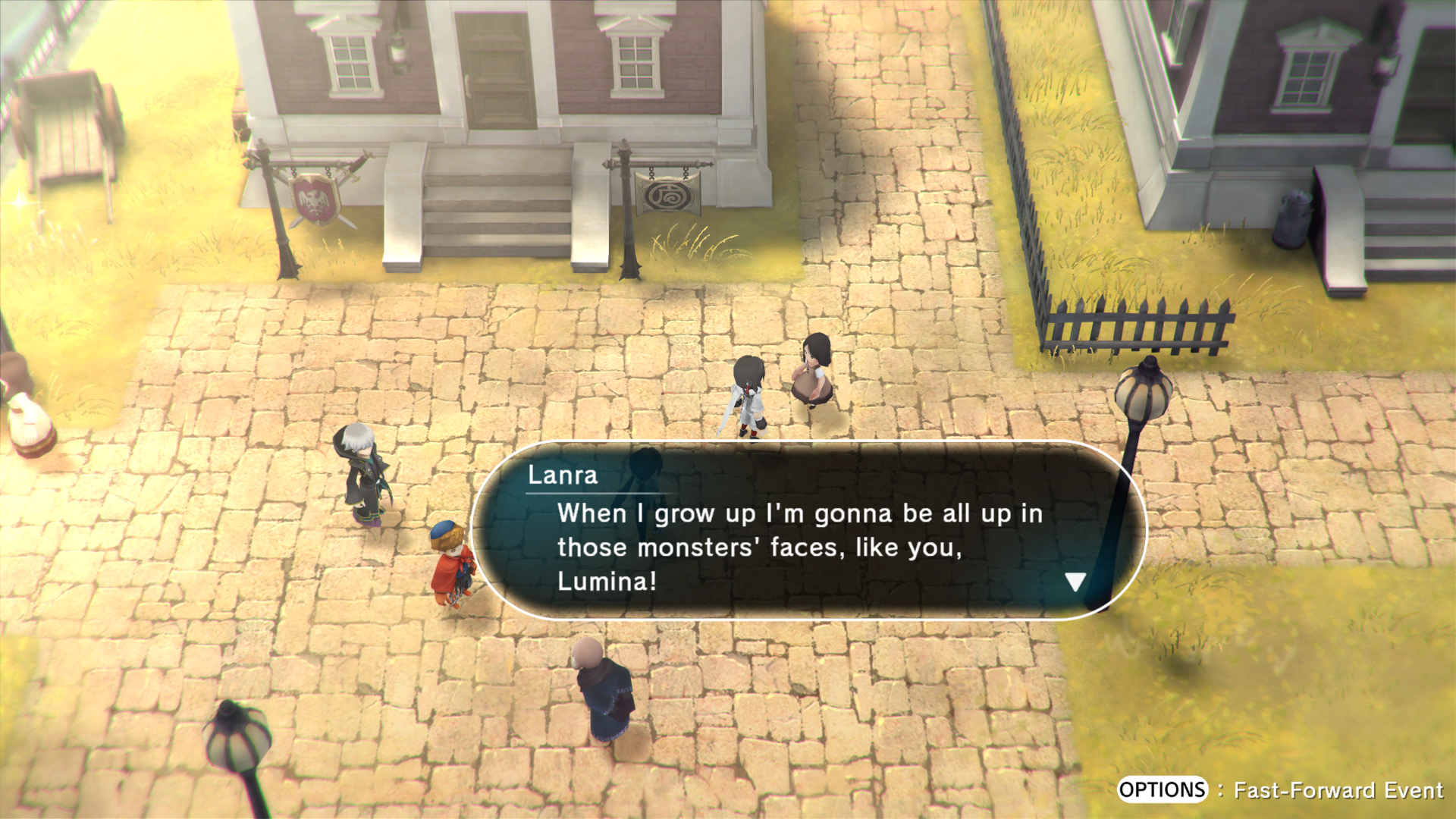
-
Lost Sphear Review 13
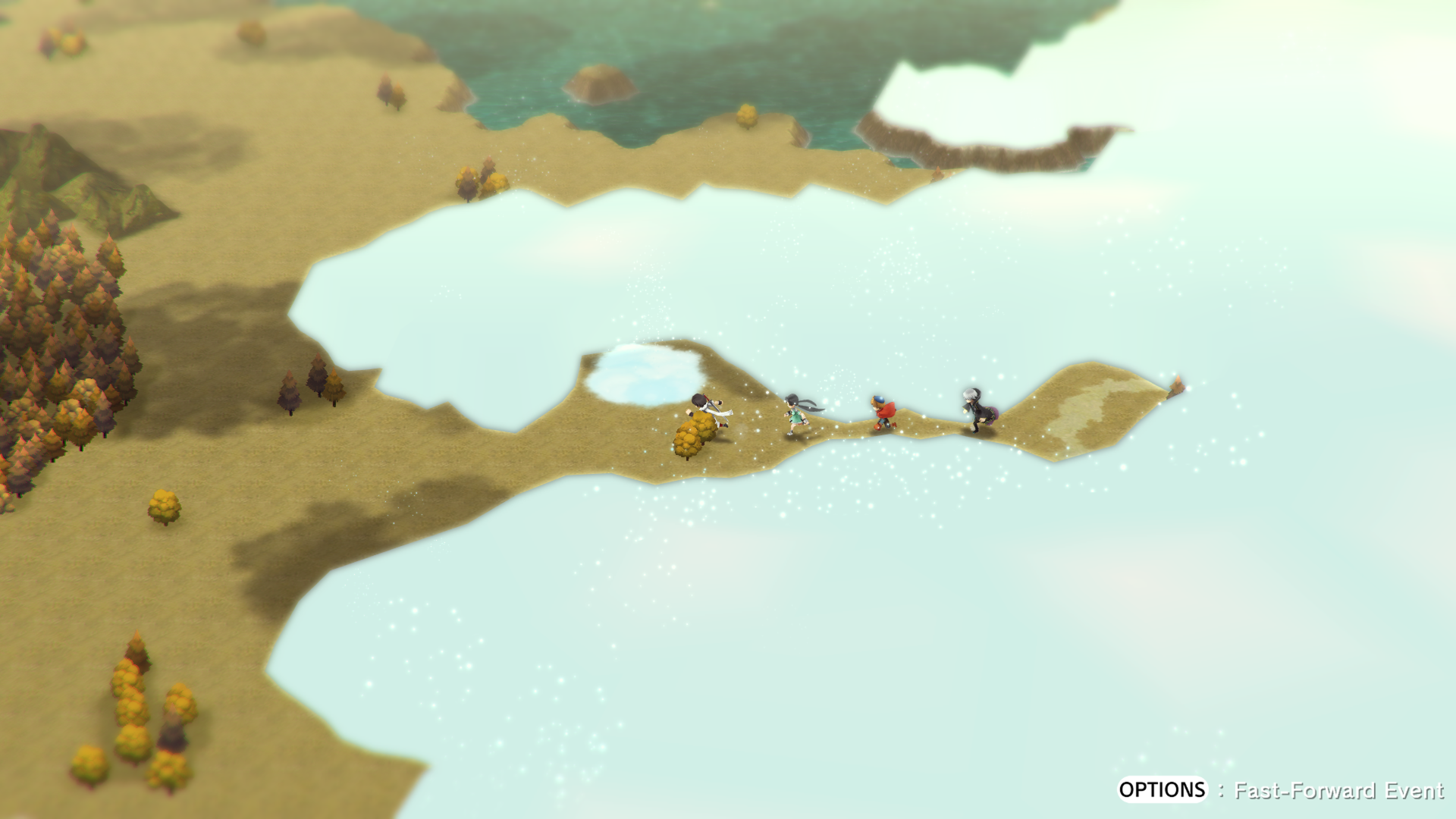
-
Lost Sphear Review 14
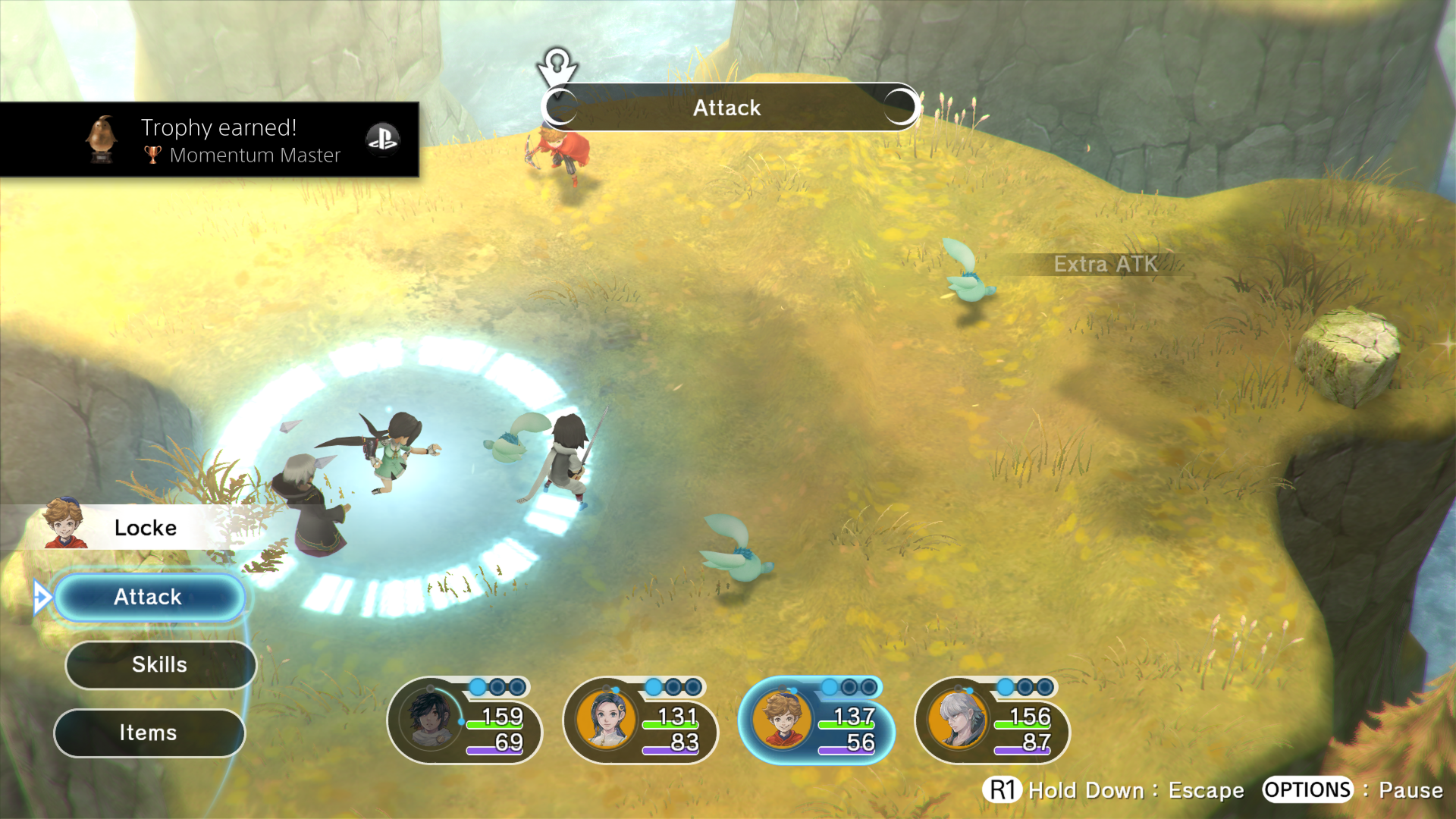
-
Lost Sphear Review 15

-
Lost Sphear Review 16
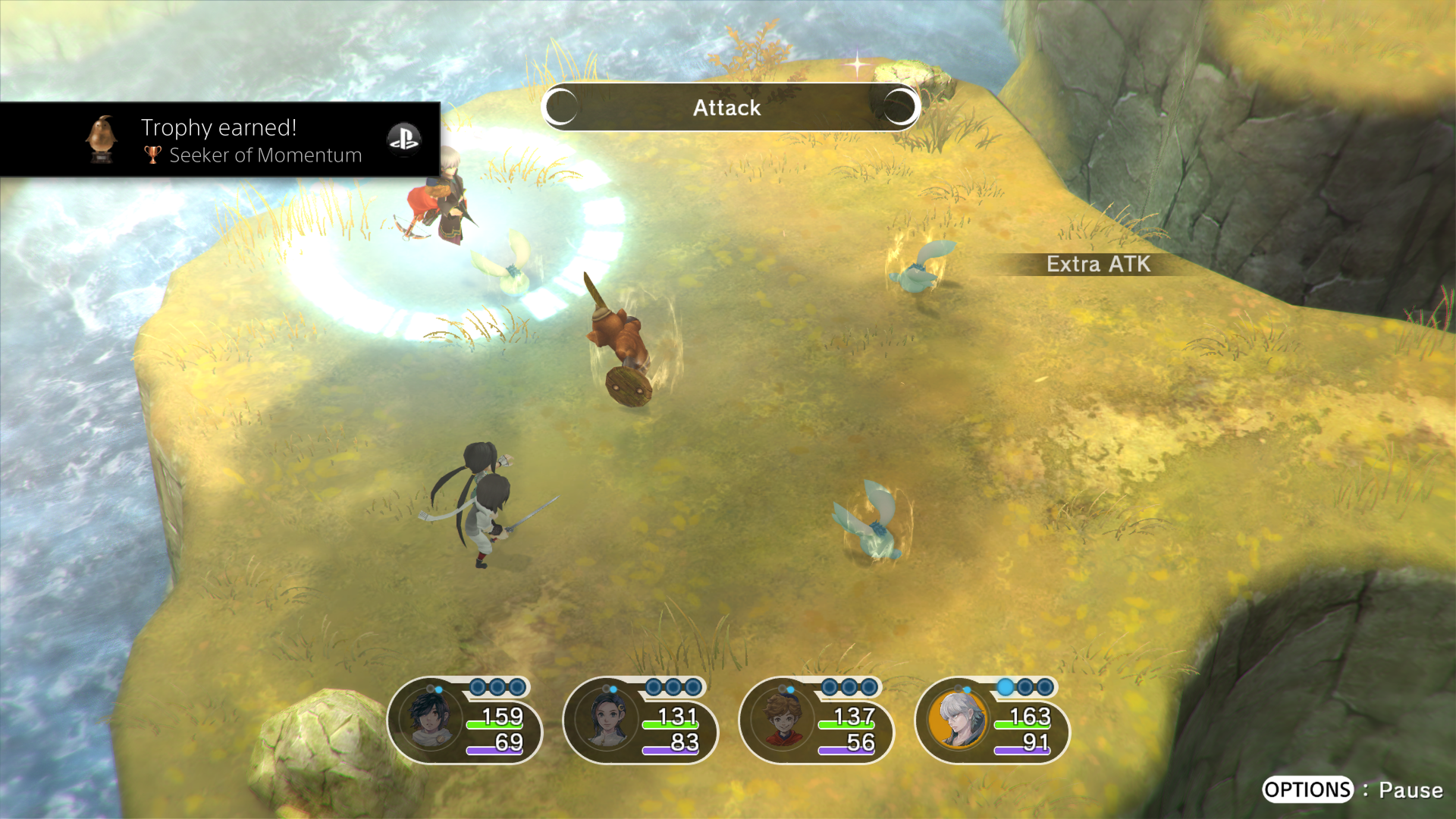
-
Lost Sphear Review 17

-
Lost Sphear Review 18
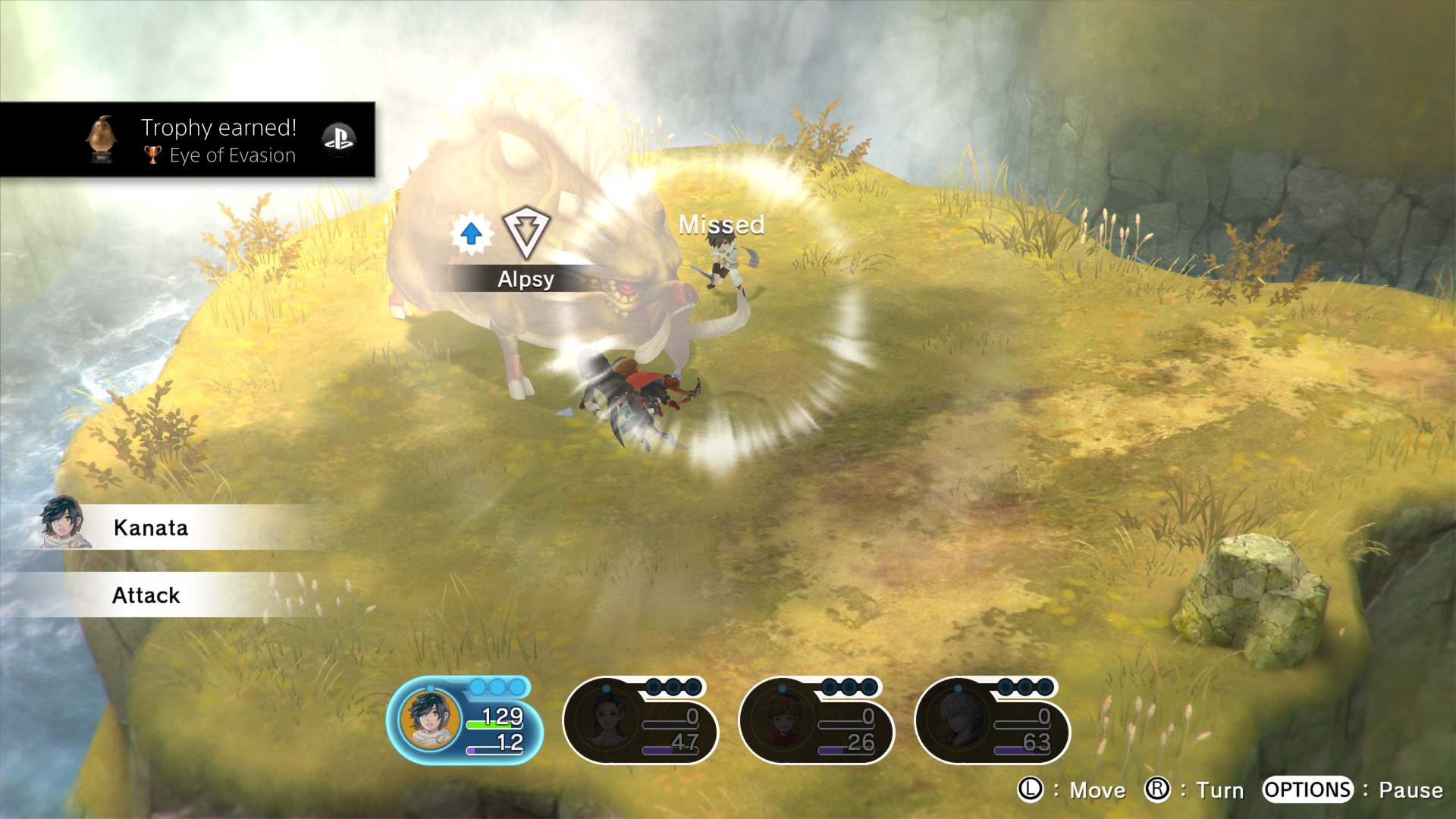
-
Lost Sphear Review 19
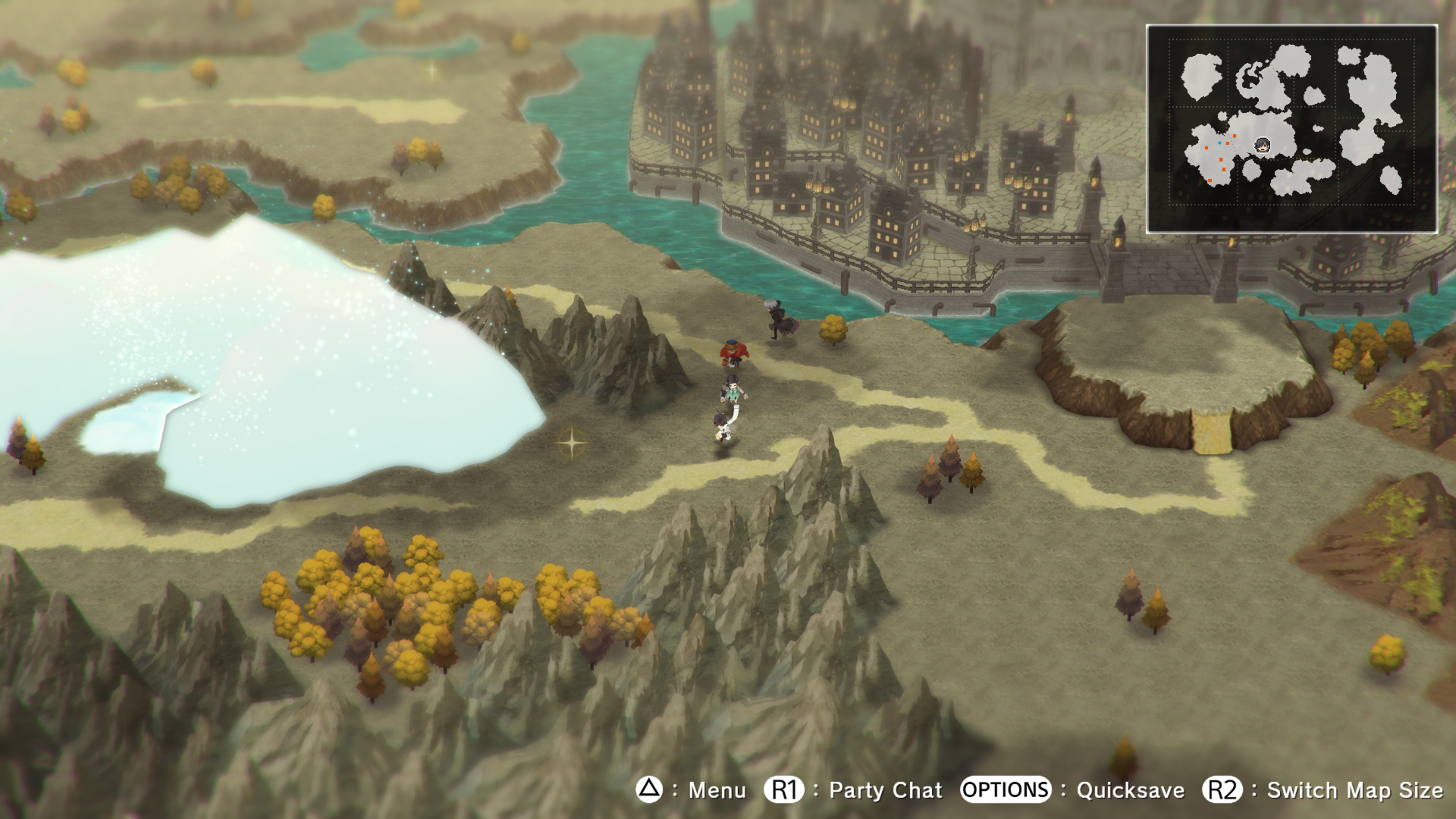
-
Lost Sphear Review 20

-
Lost Sphear Review 21
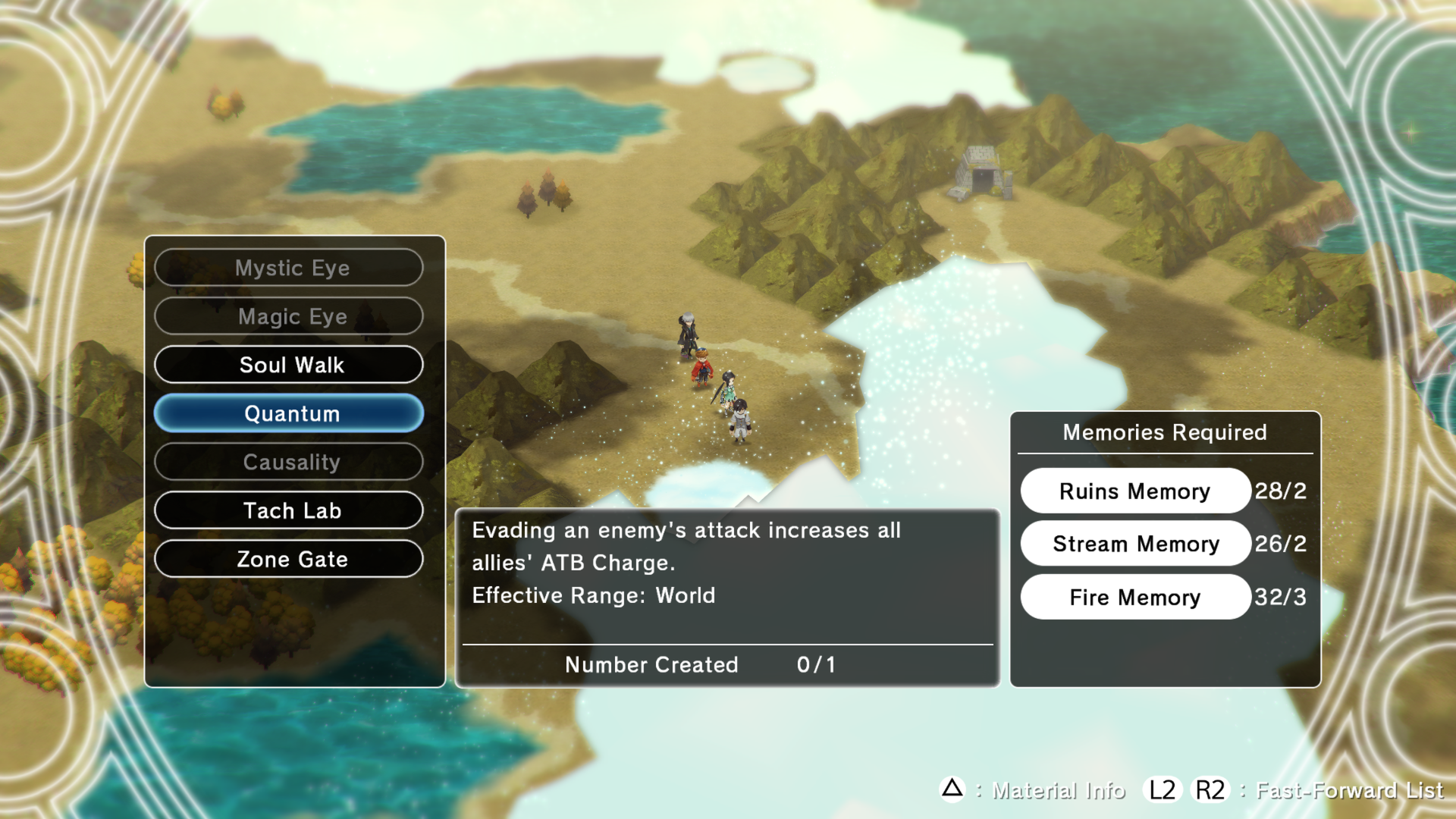
-
Lost Sphear Review 22
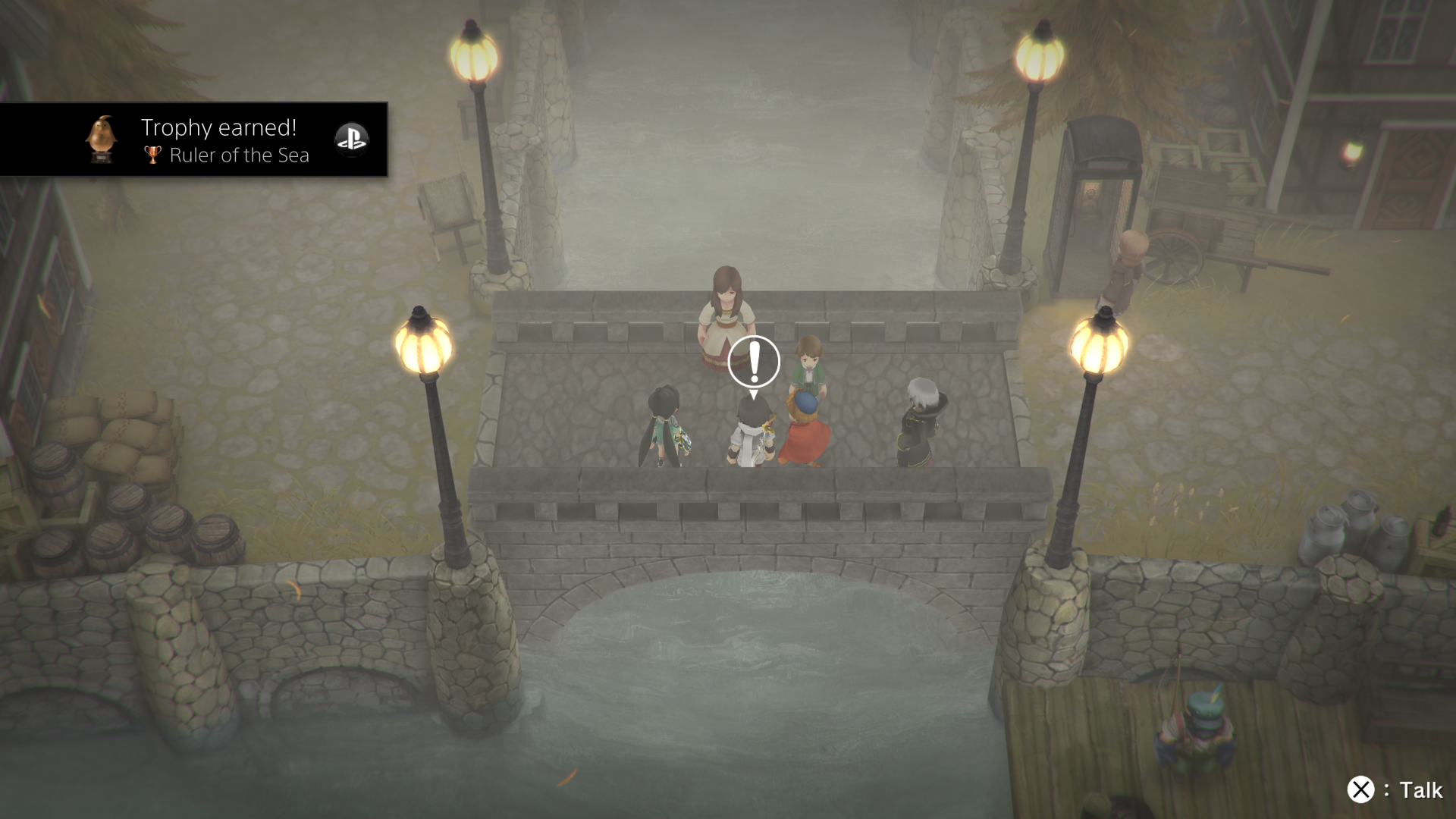
-
Lost Sphear Review 23
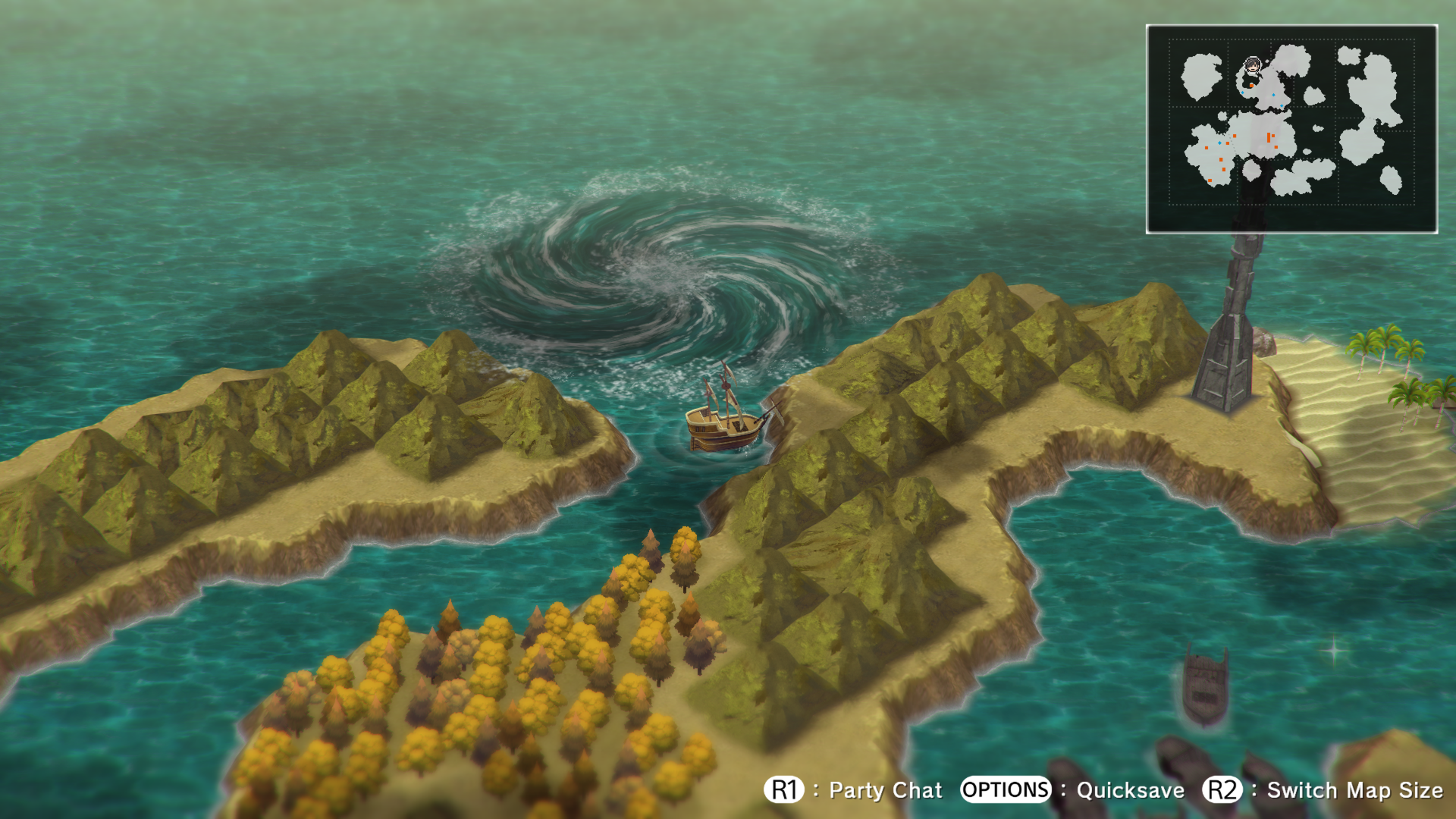
-
Lost Sphear Review 24

-
Lost Sphear Review 25
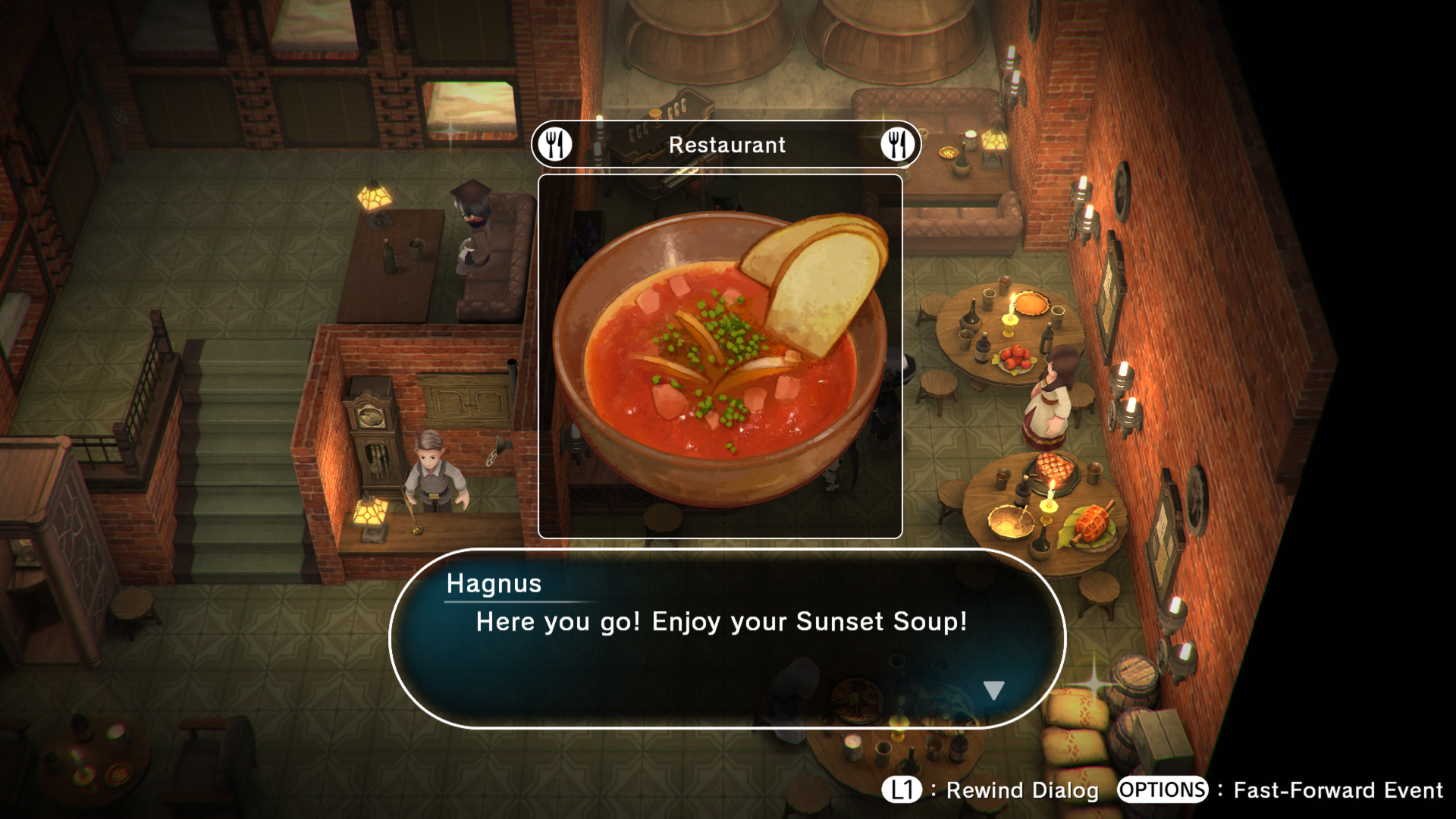
-
Lost Sphear Review 26
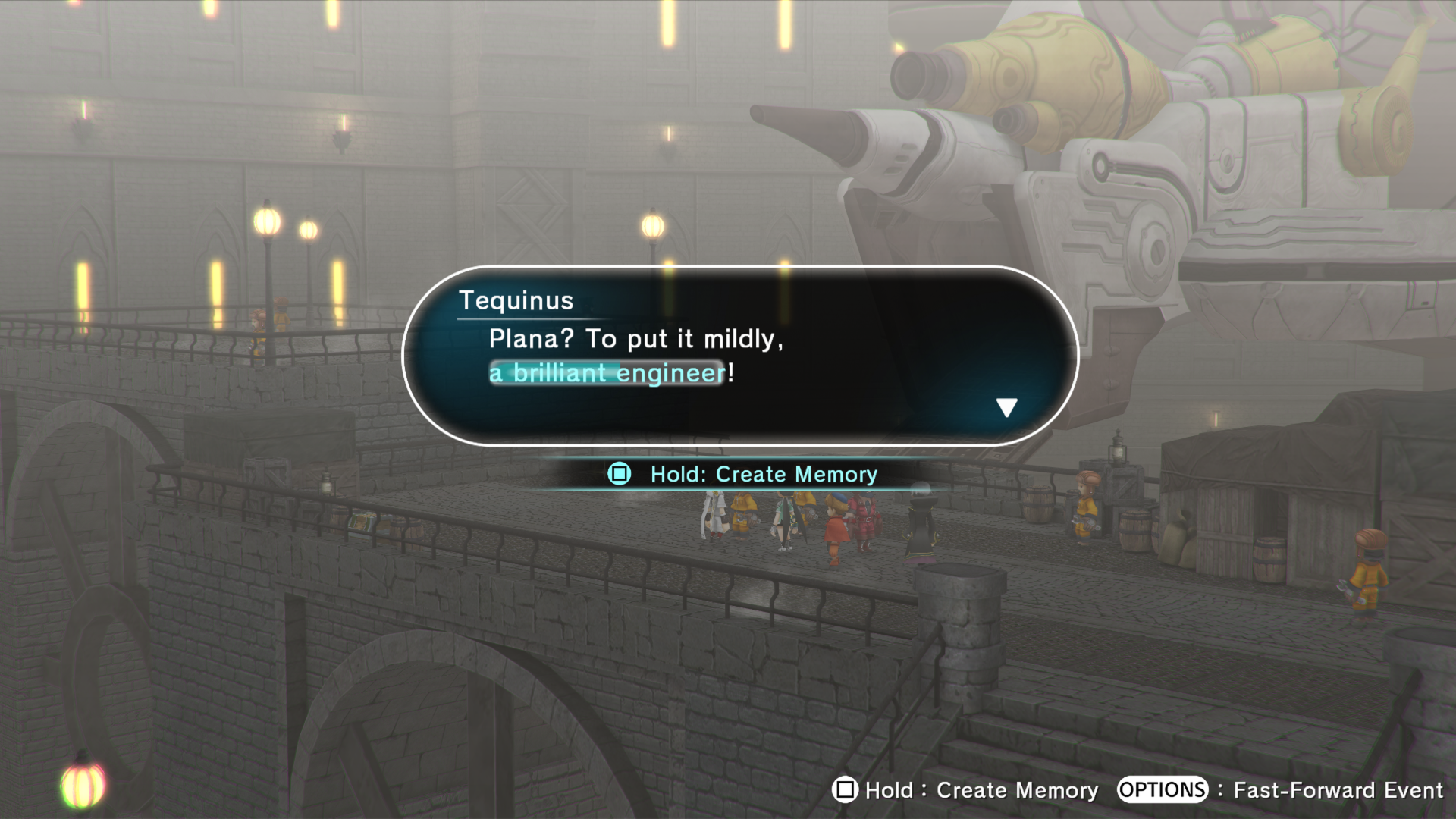
-
Lost Sphear Review 27
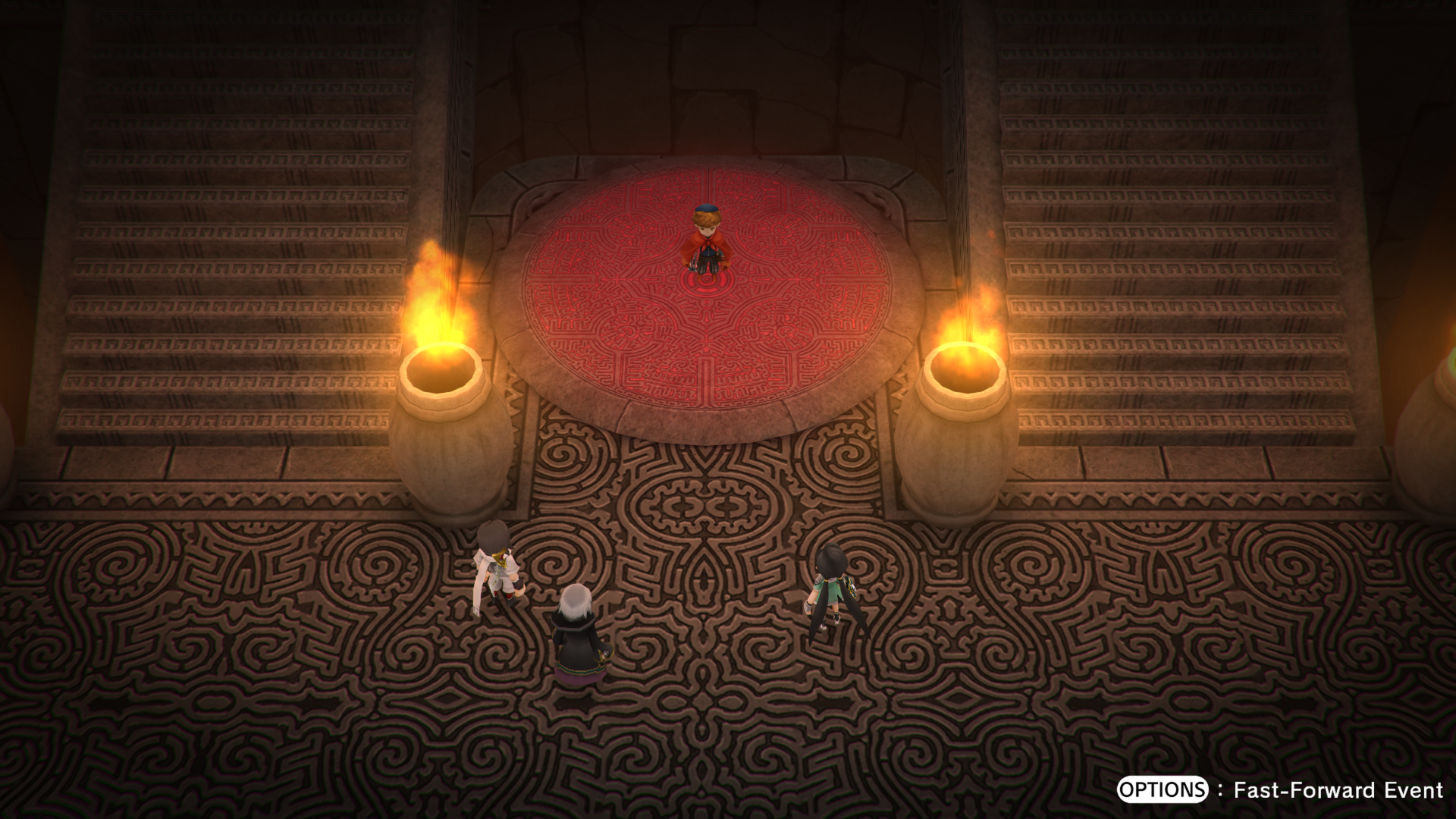
-
Lost Sphear Review 28
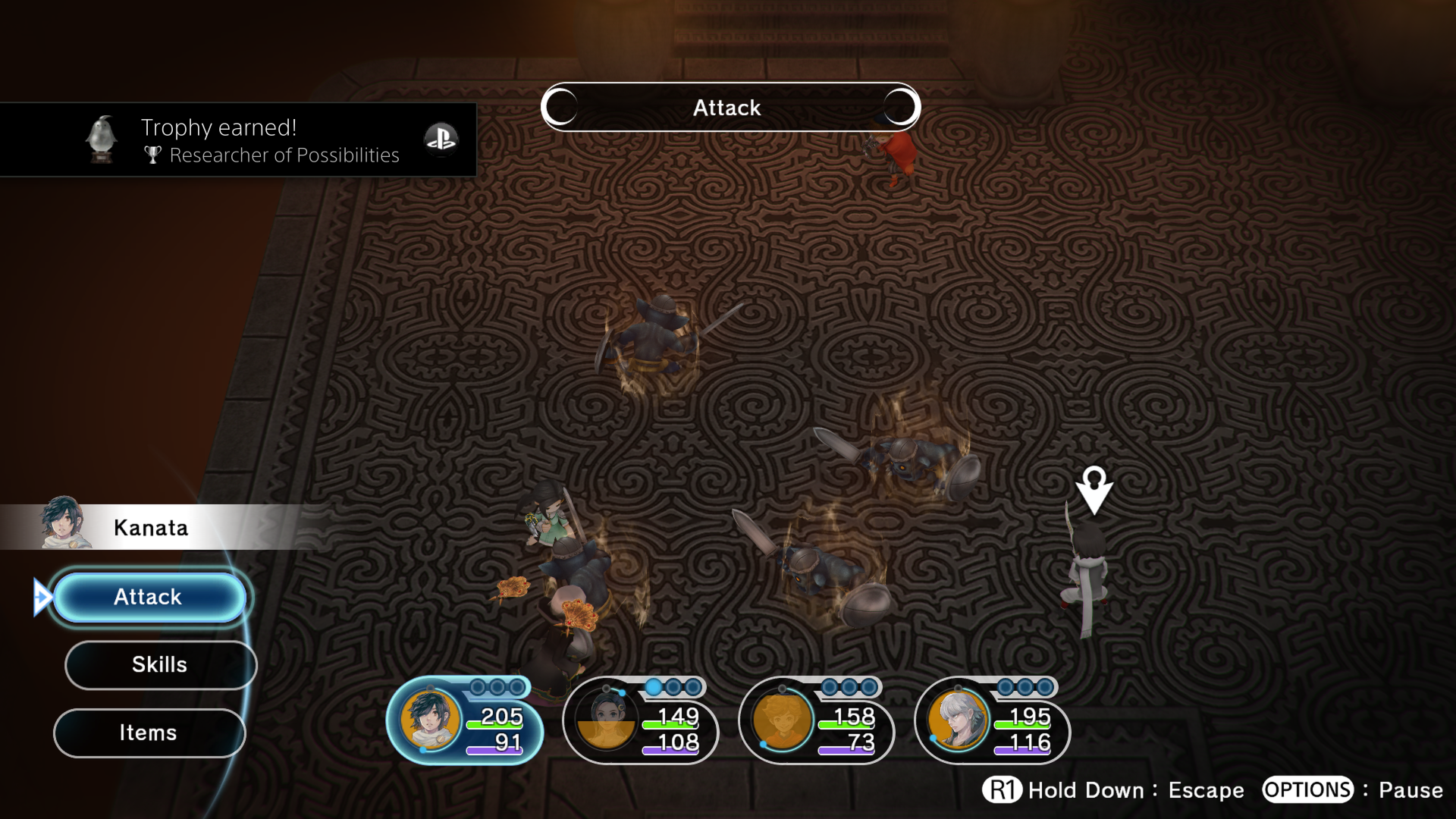
-
Lost Sphear Review 29
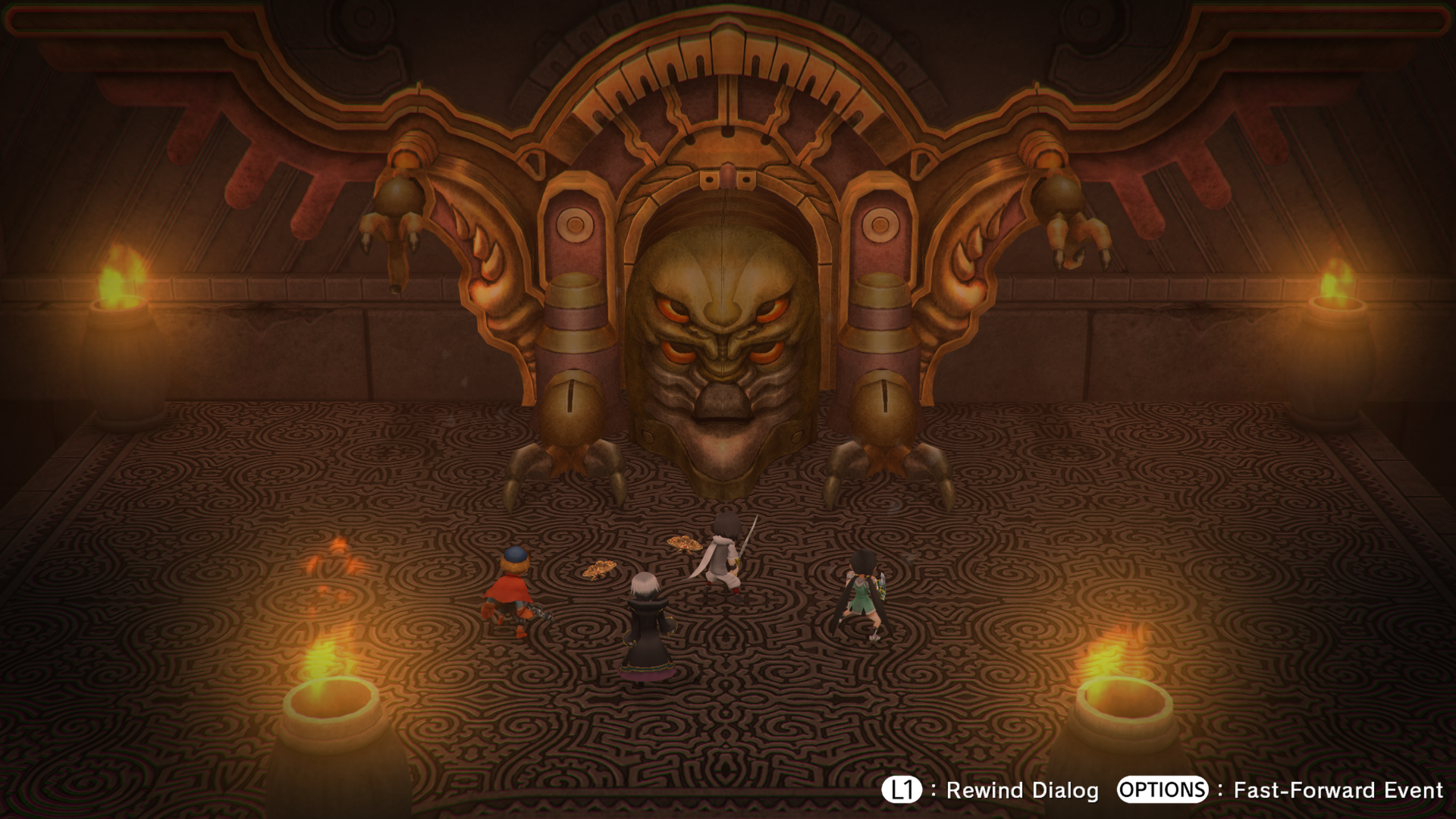
-
Lost Sphear Review 30
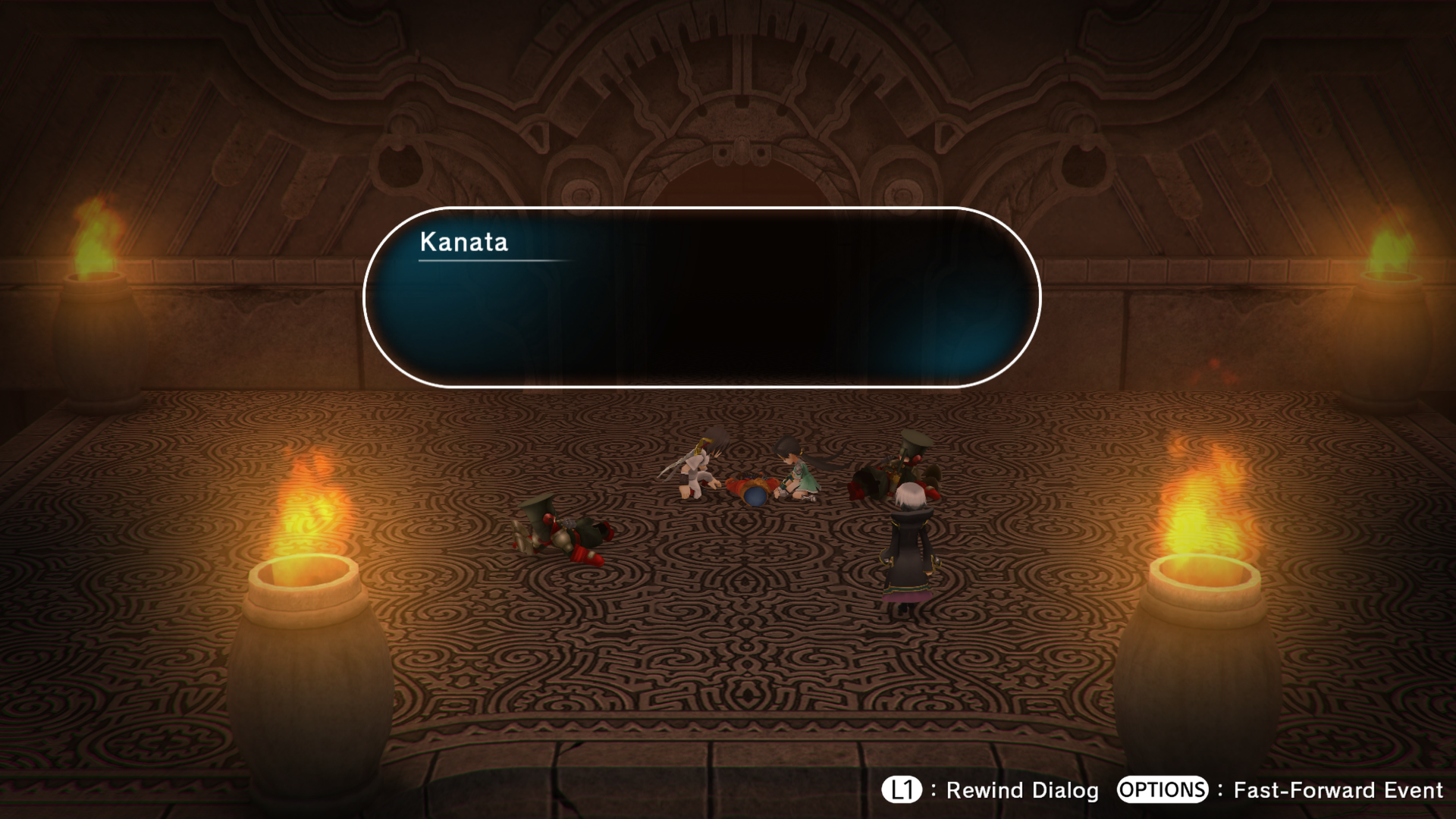
-
Lost Sphear Review 31
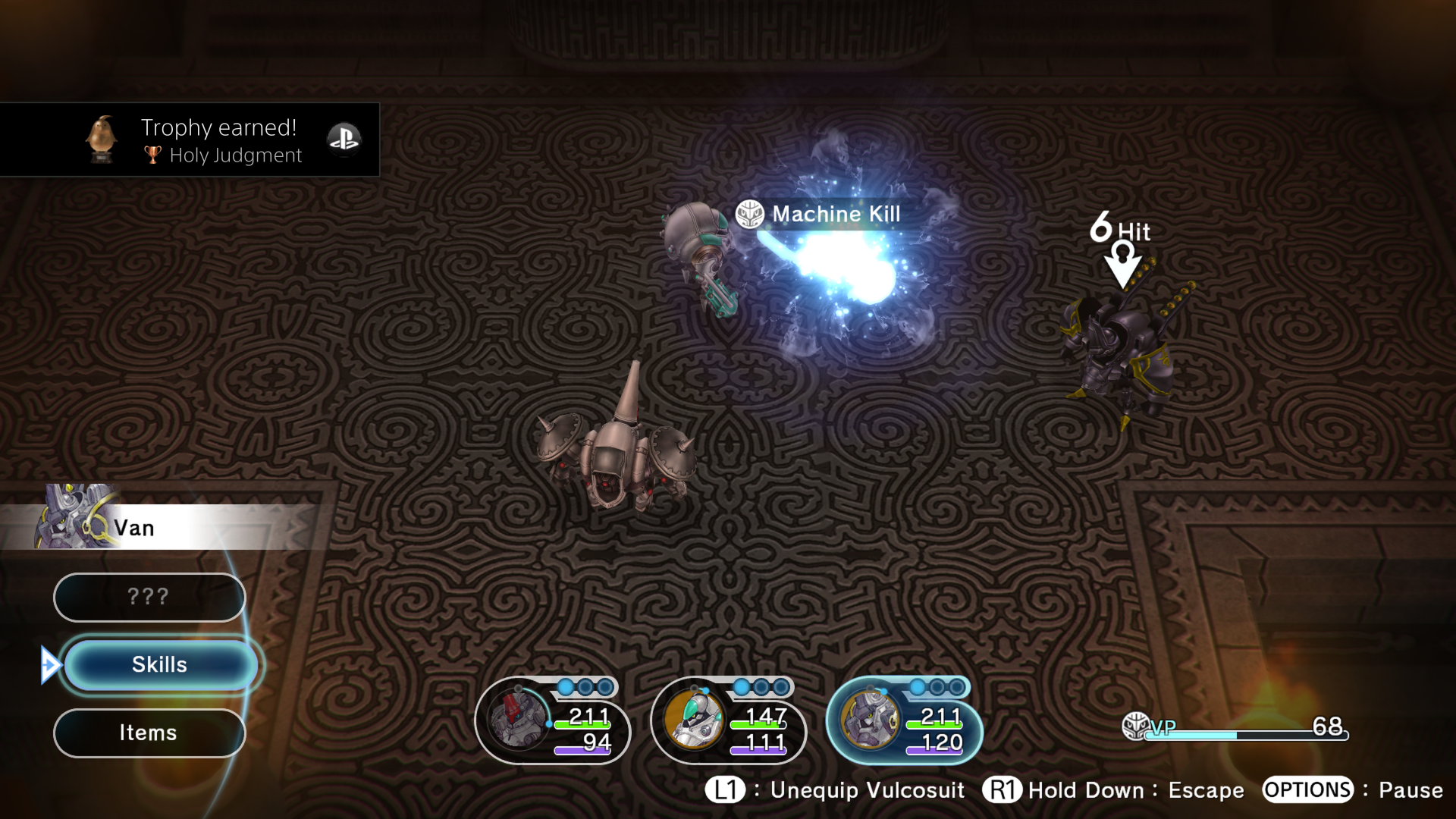
-
Lost Sphear Review 32
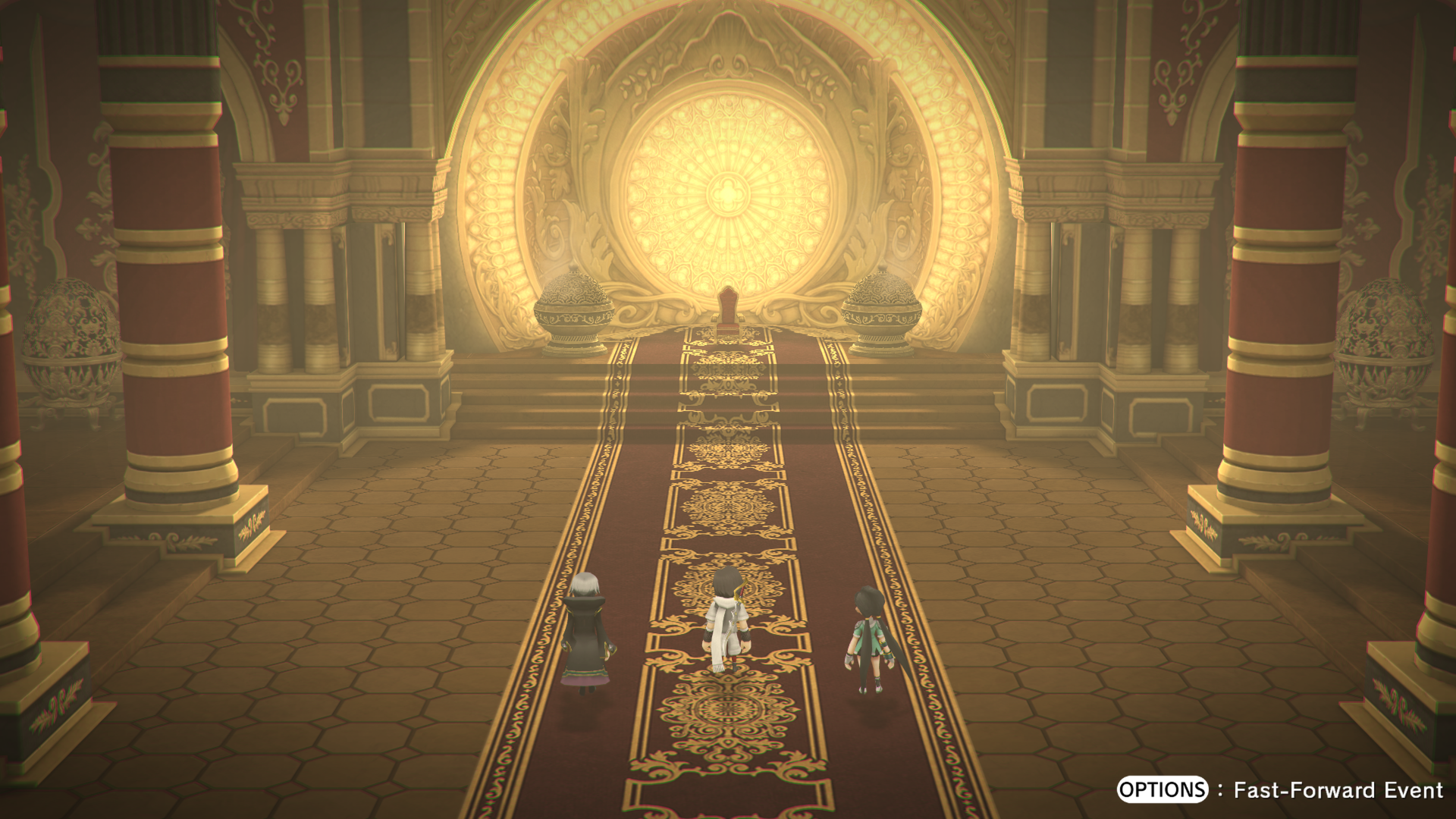
-
Lost Sphear Review 33
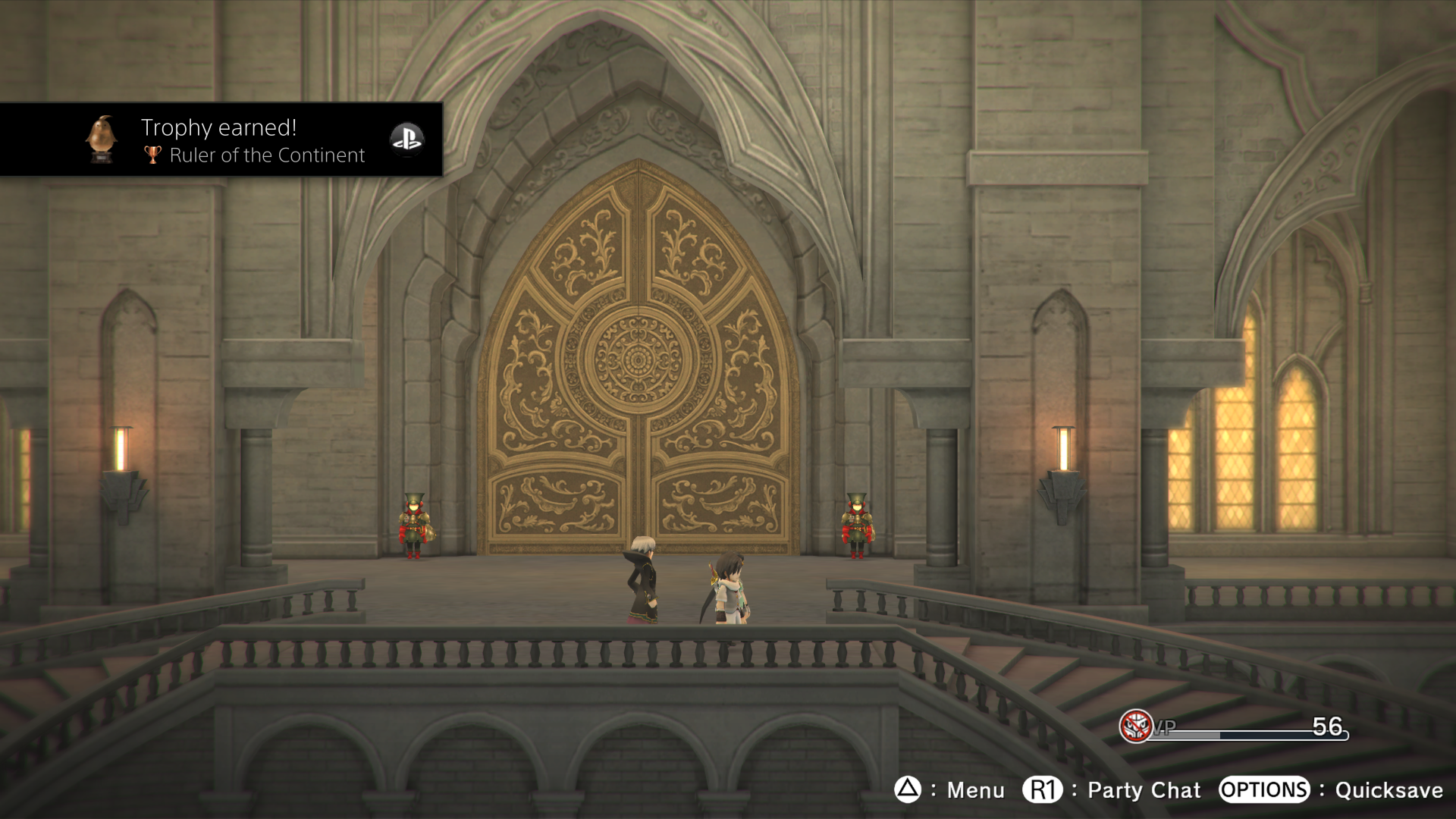
-
Lost Sphear Review 34
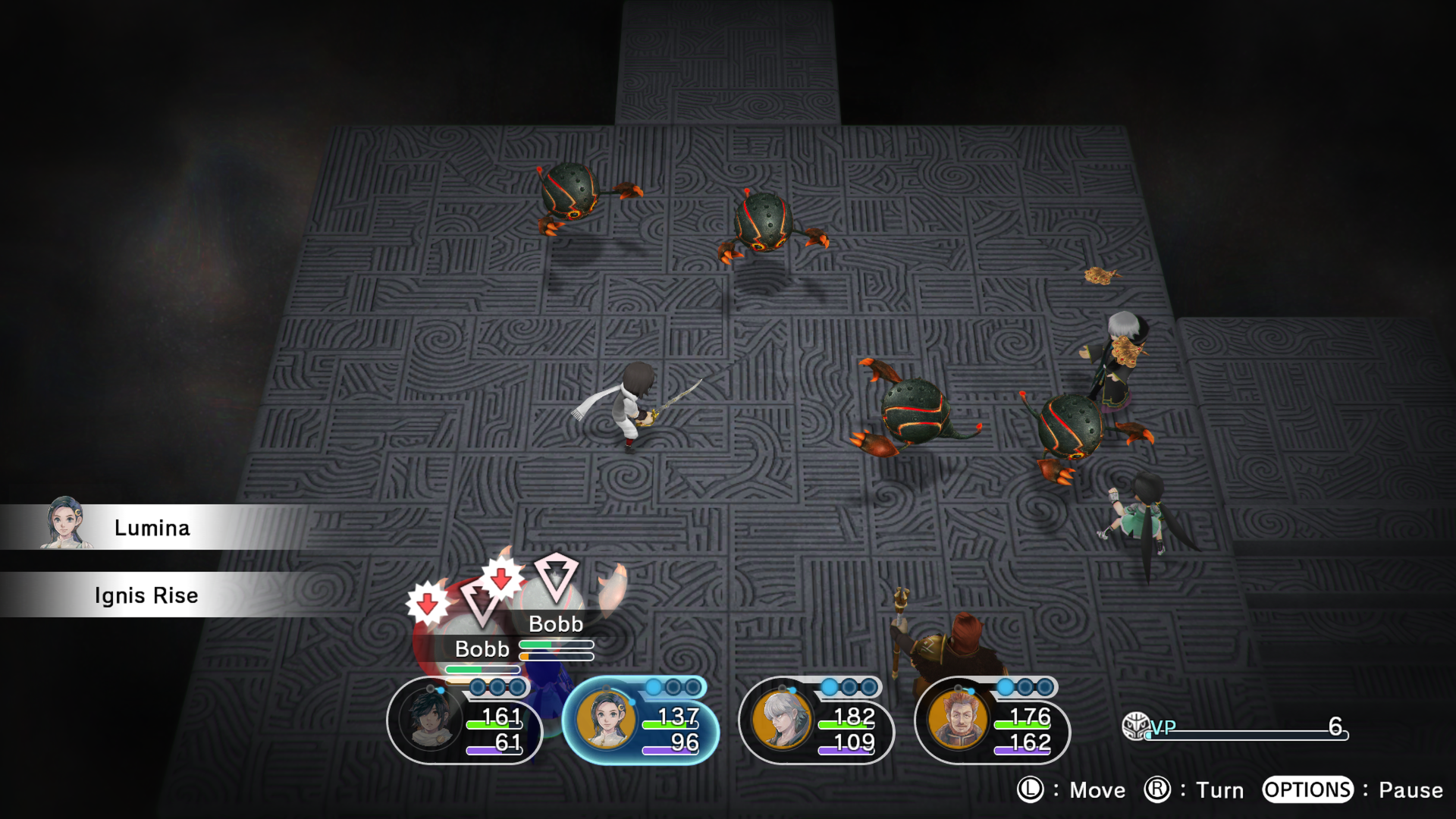
-
Lost Sphear Review 35
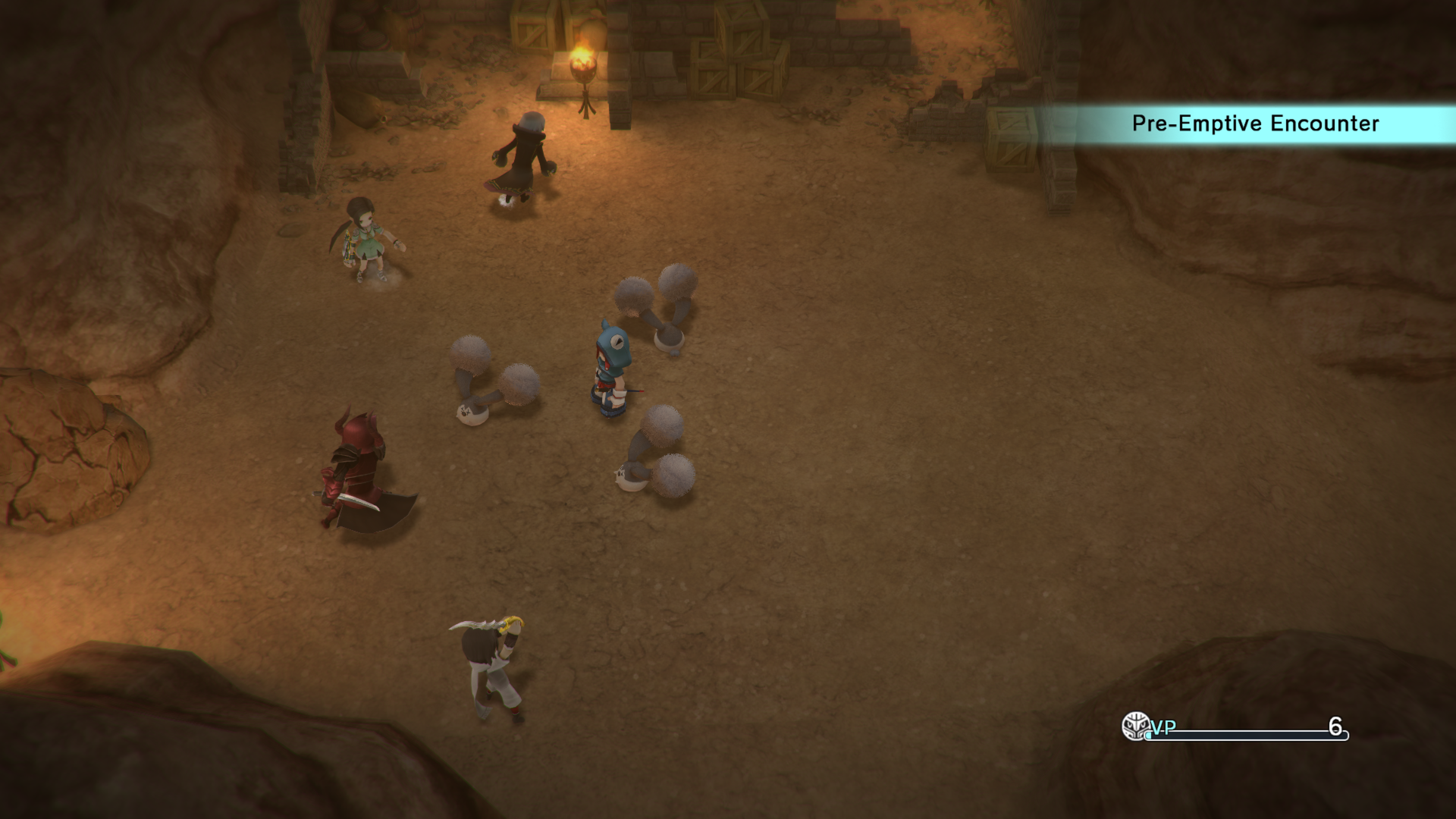
-
Lost Sphear Review 36

-
Lost Sphear Review 37
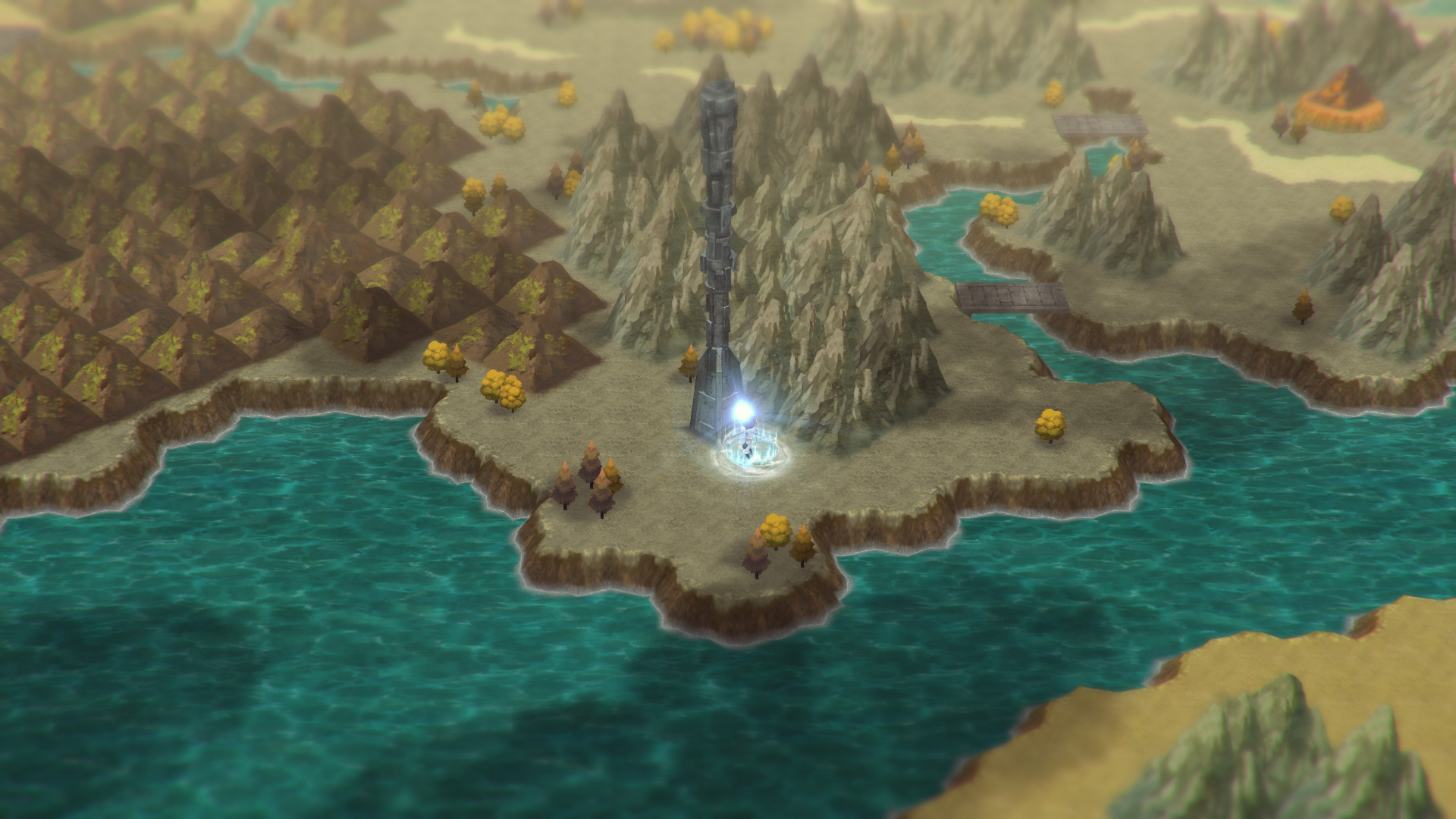
-
Lost Sphear Review 38
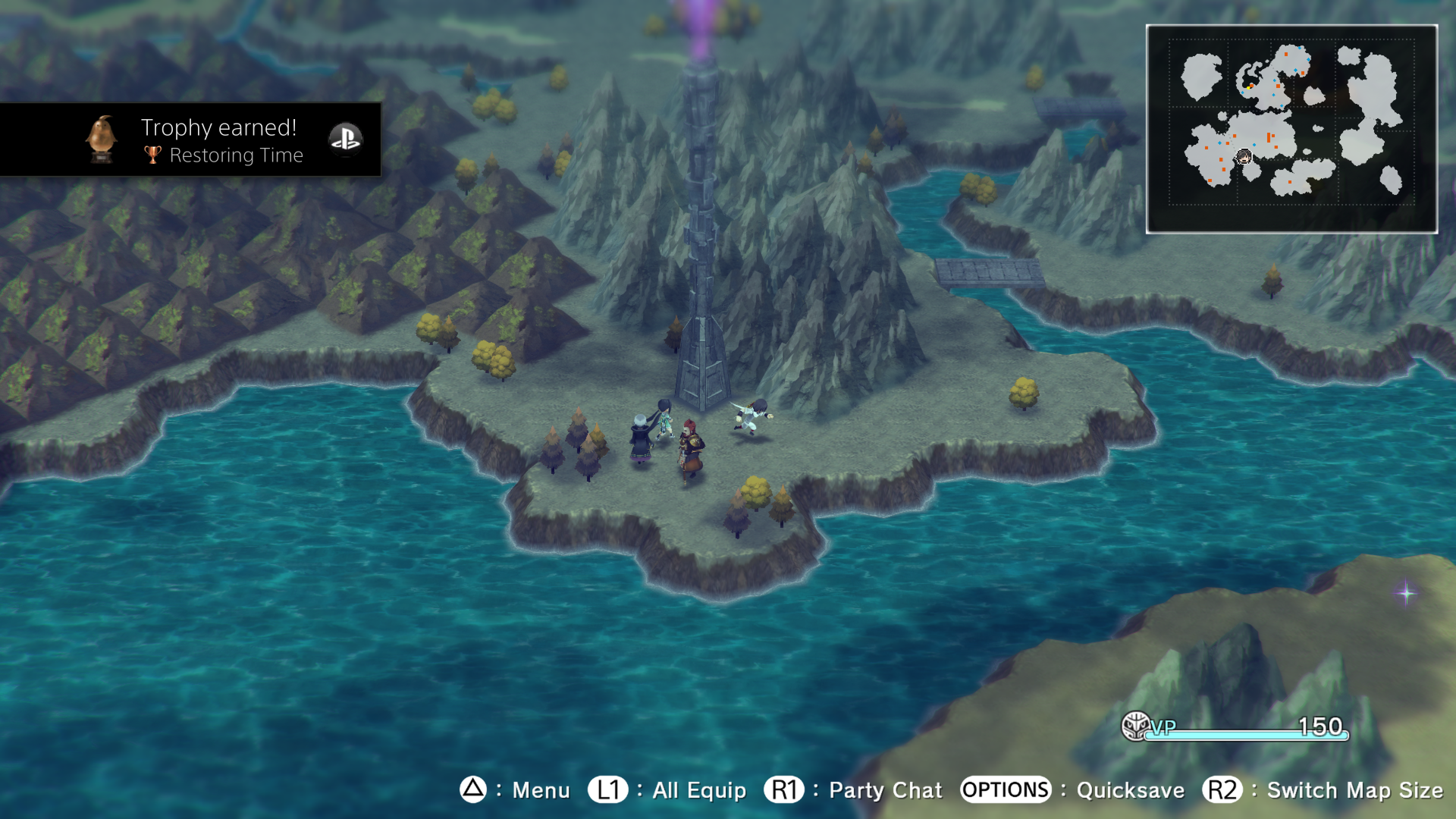
-
Lost Sphear Review 39
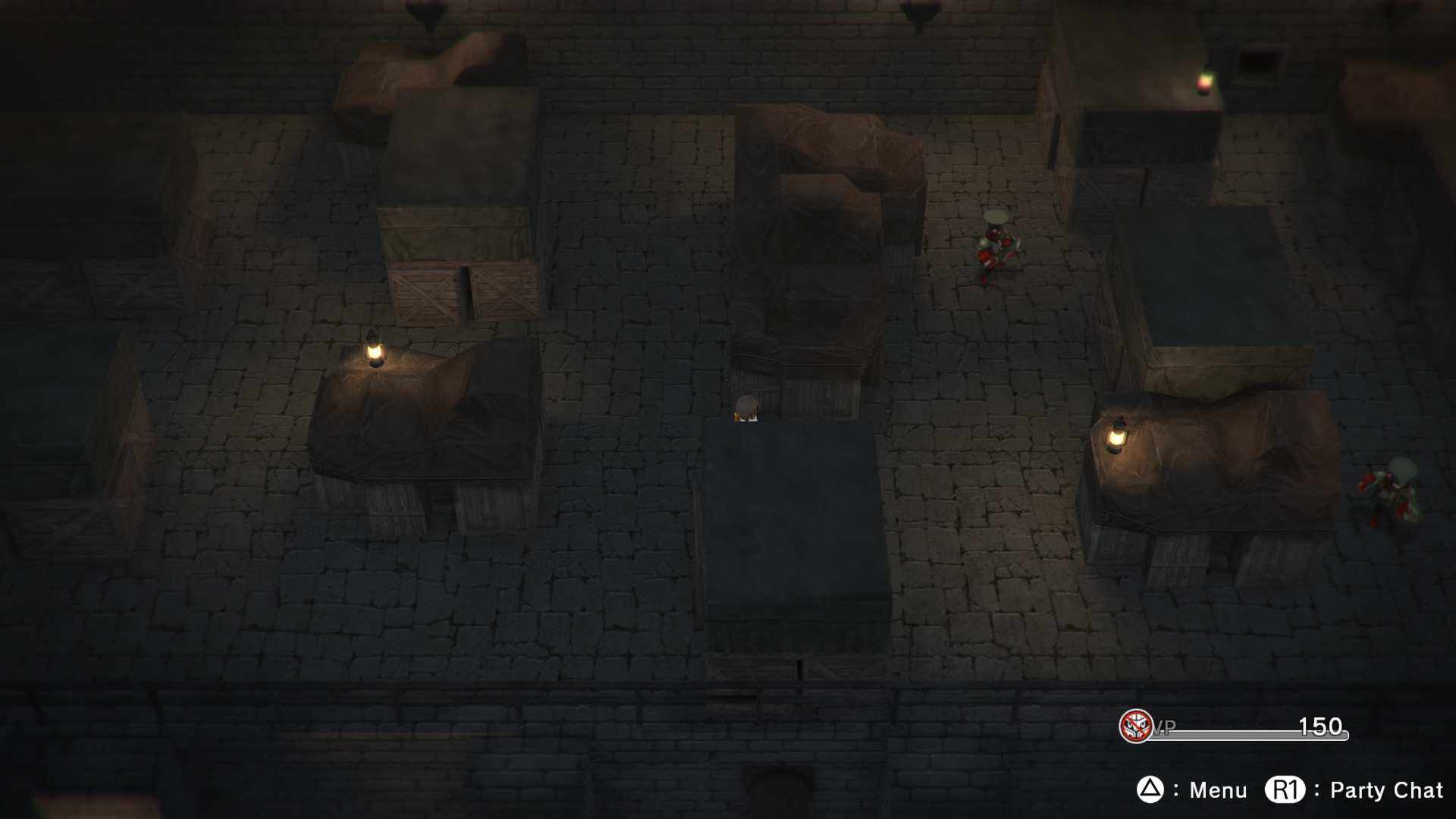
-
Lost Sphear Review 40
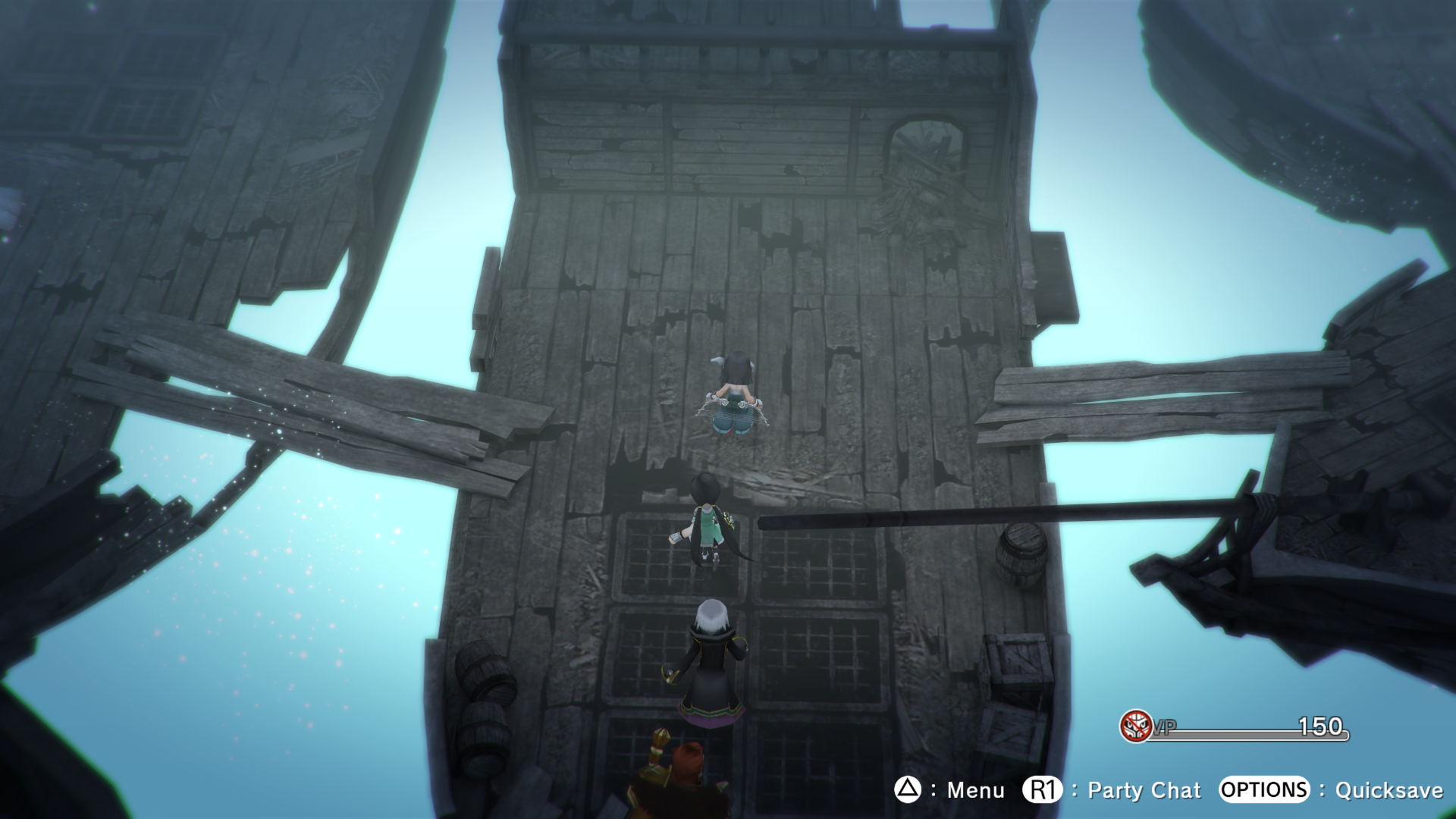
-
Lost Sphear Review 41
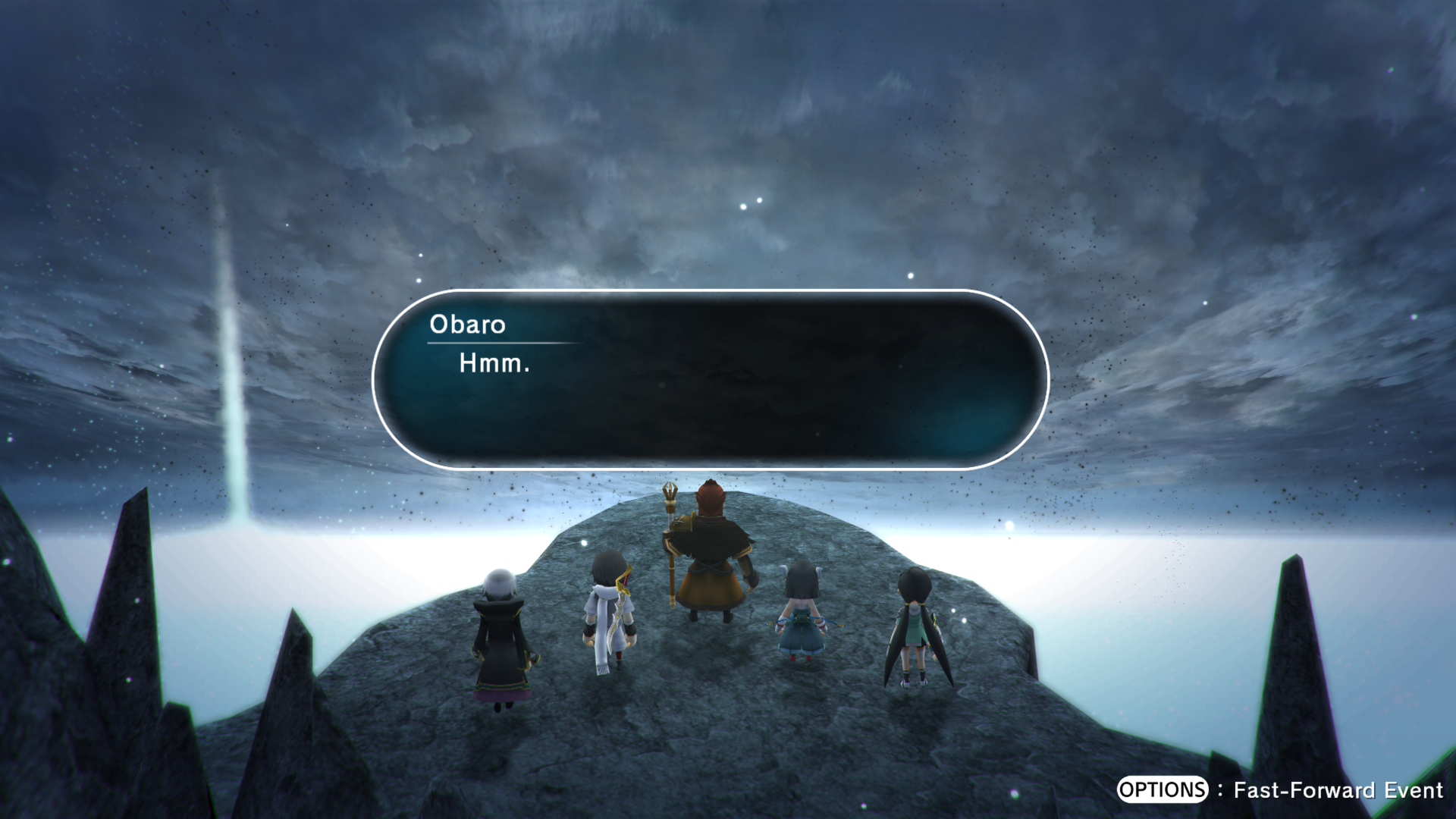
-
Lost Sphear Review 42
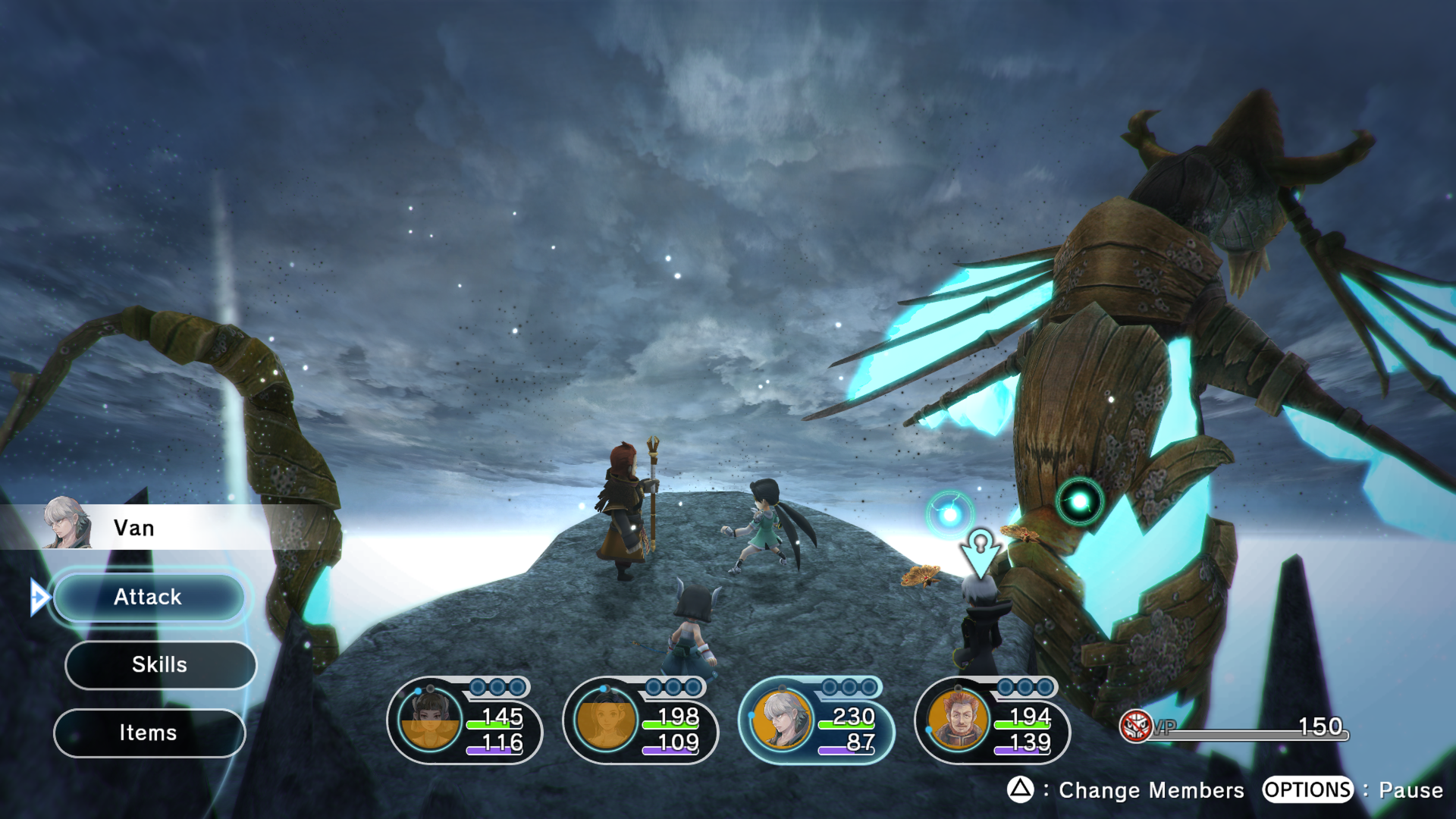
-
Lost Sphear Review 43
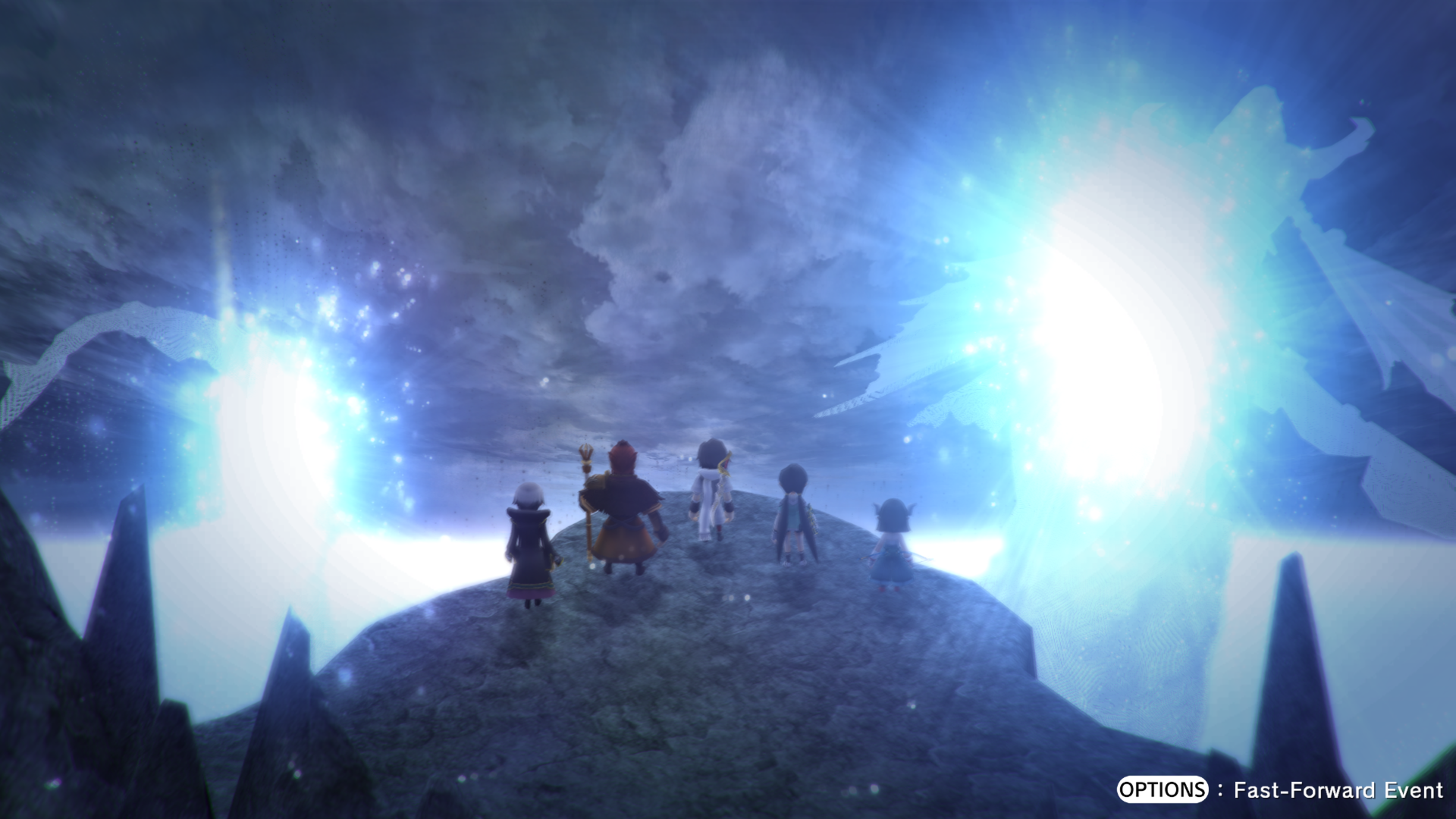
-
Lost Sphear Review 44
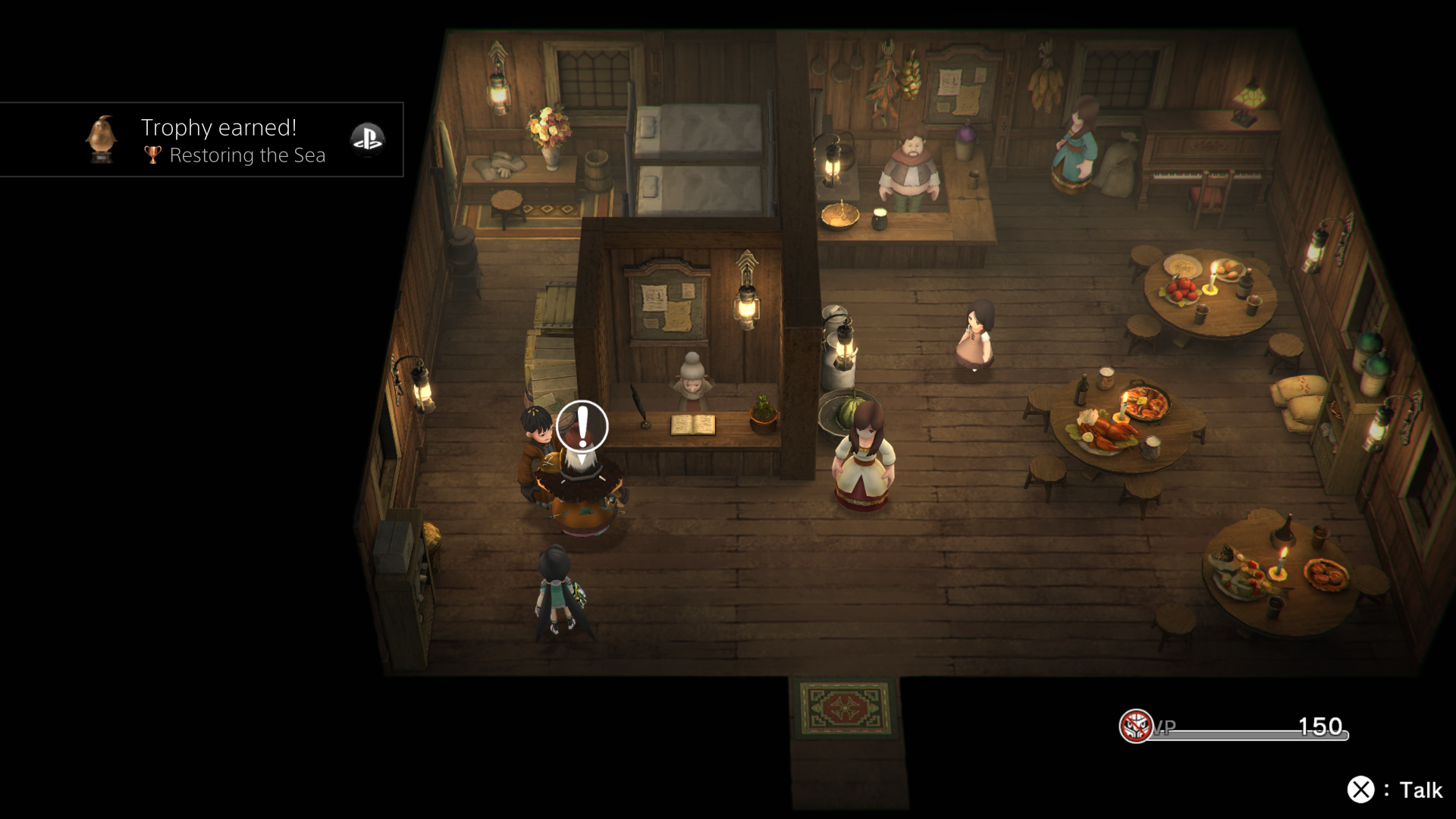
-
Lost Sphear Review 45
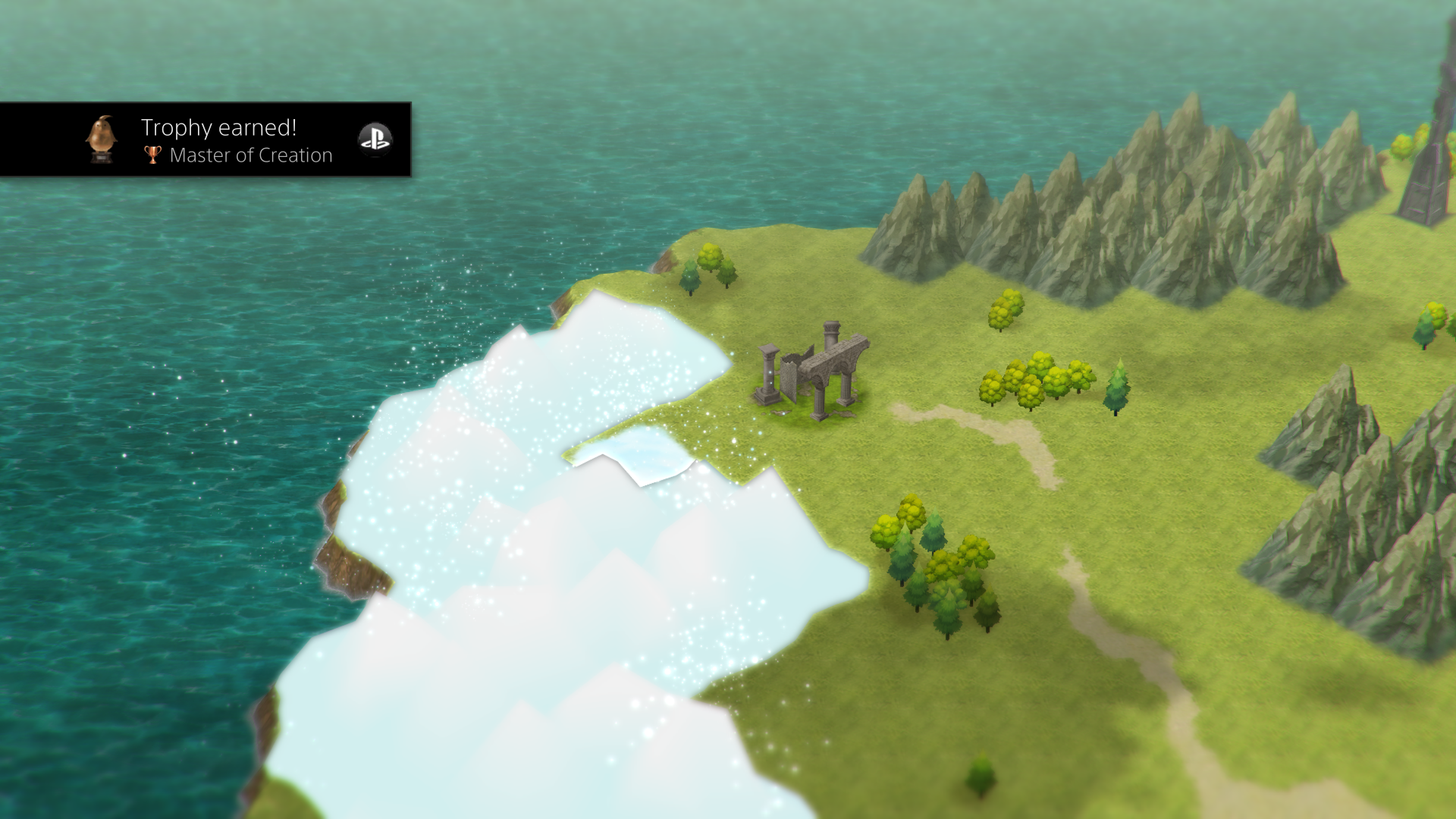
-
Lost Sphear Review 46

-
Lost Sphear Review 47
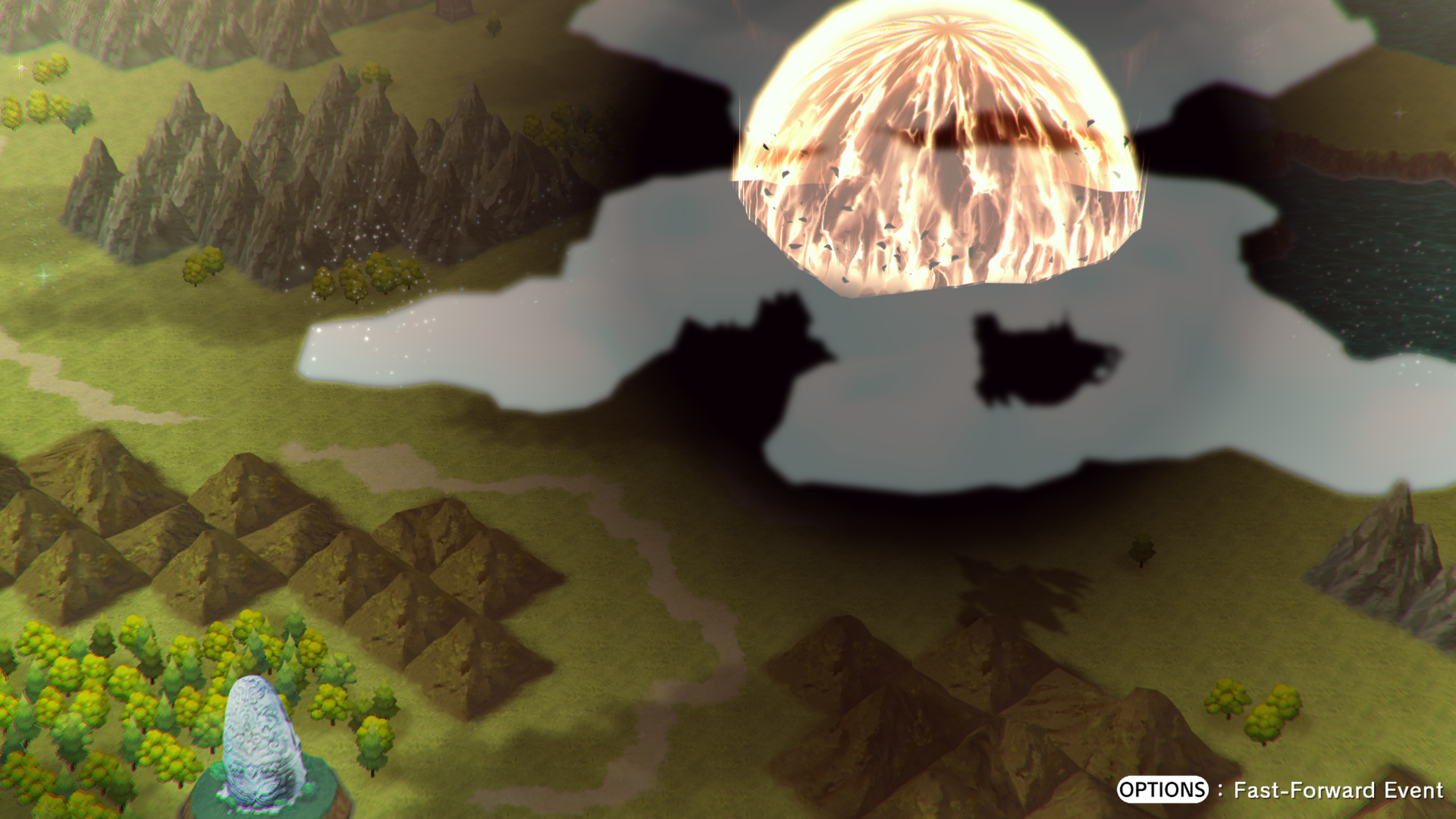
-
Lost Sphear Review 48
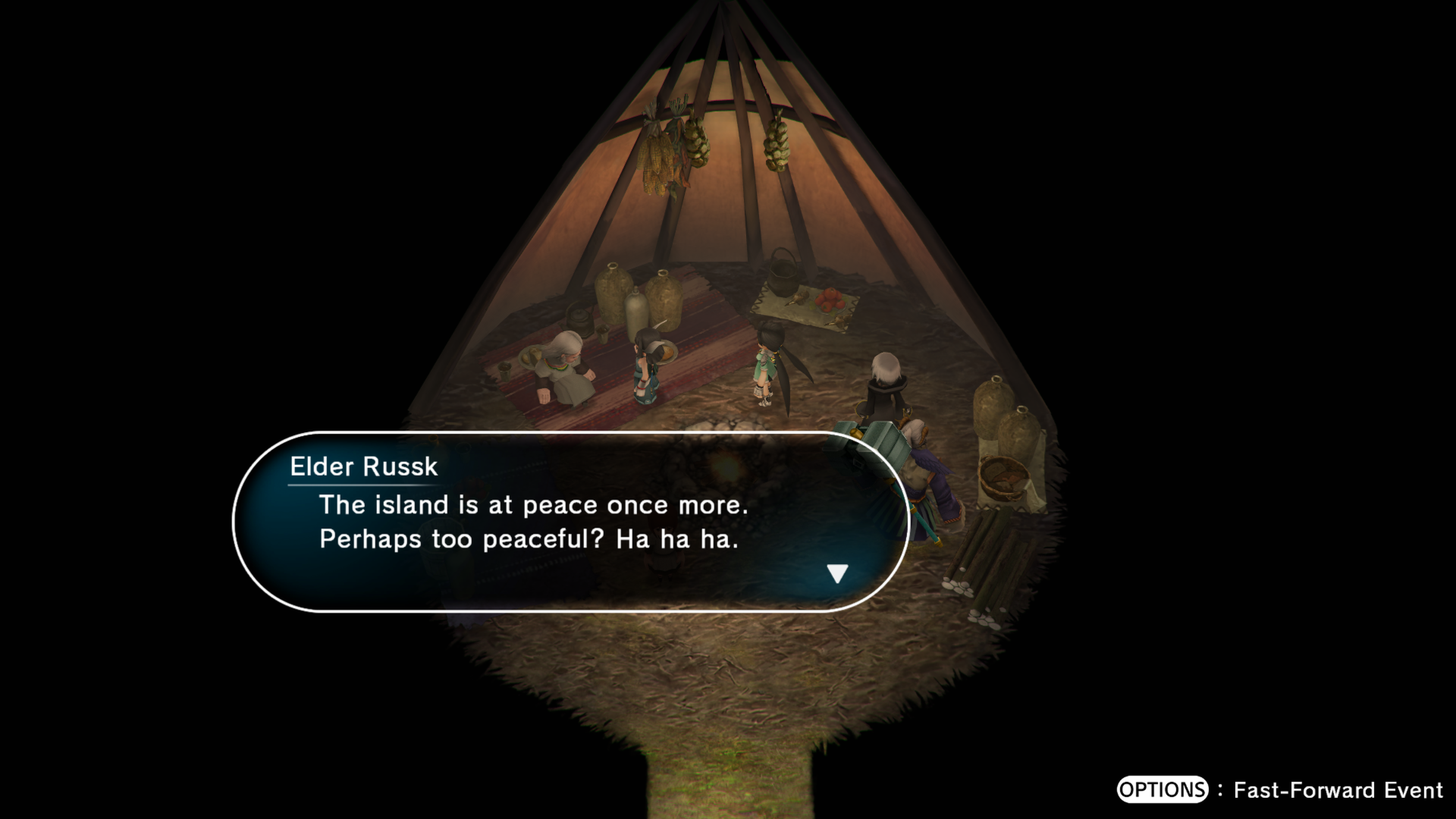
-
Lost Sphear Review 49
